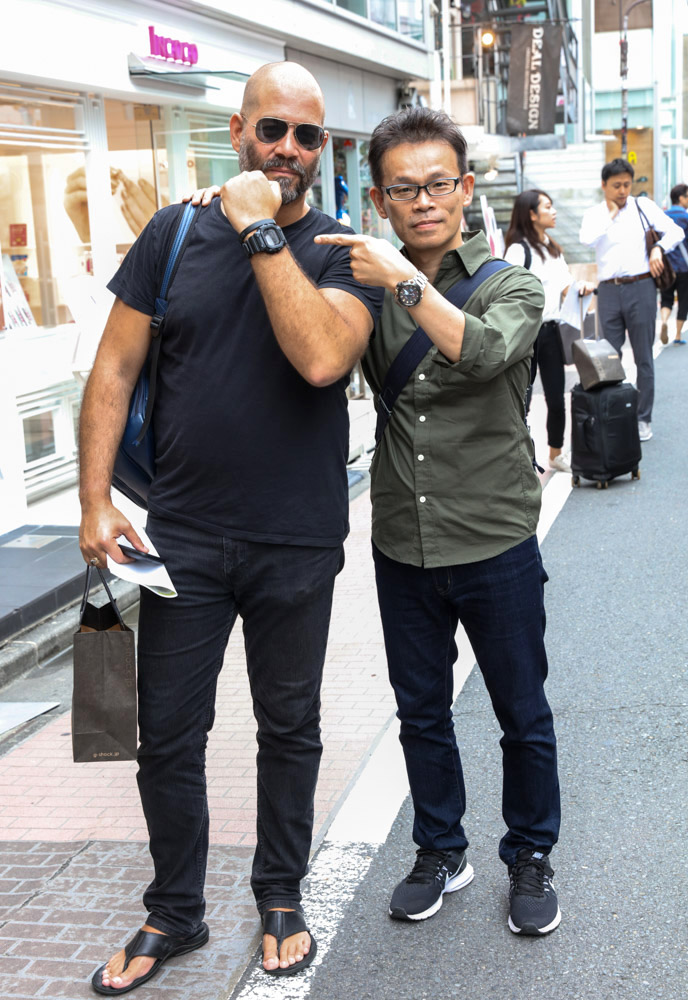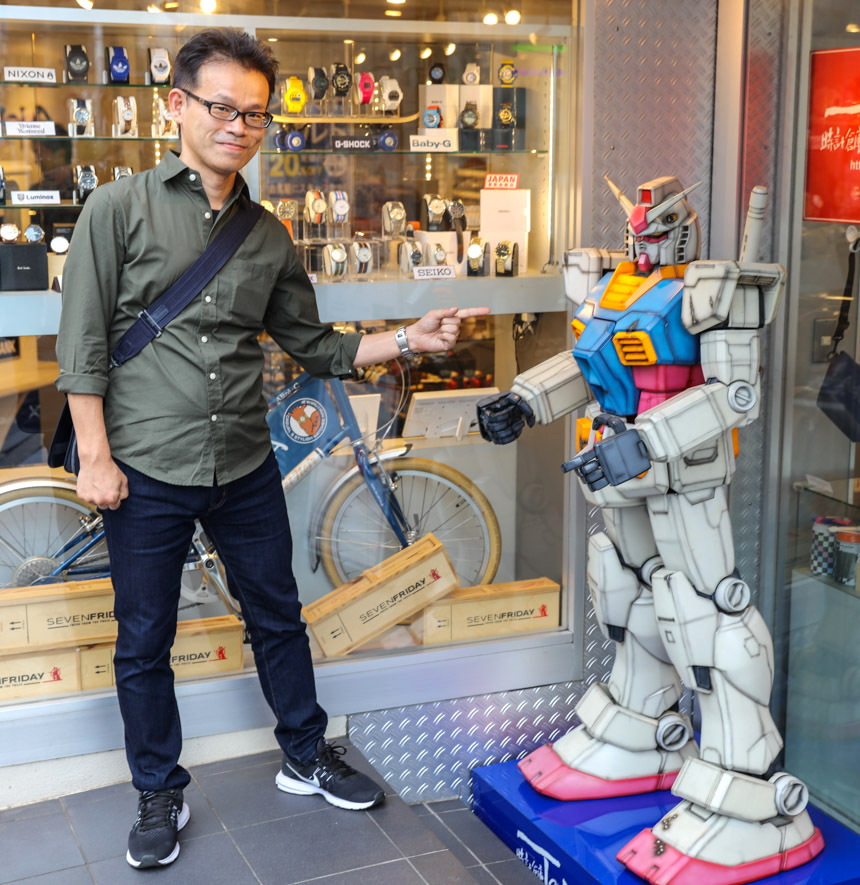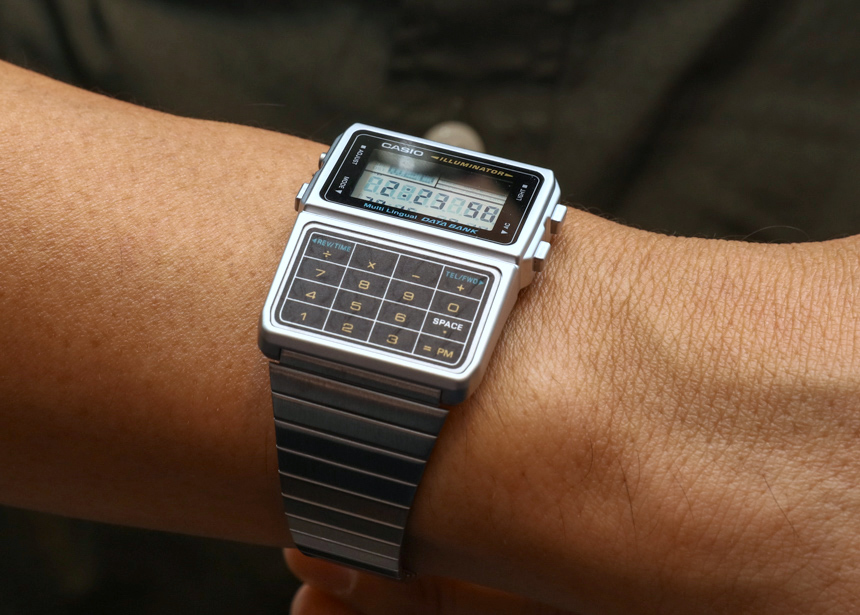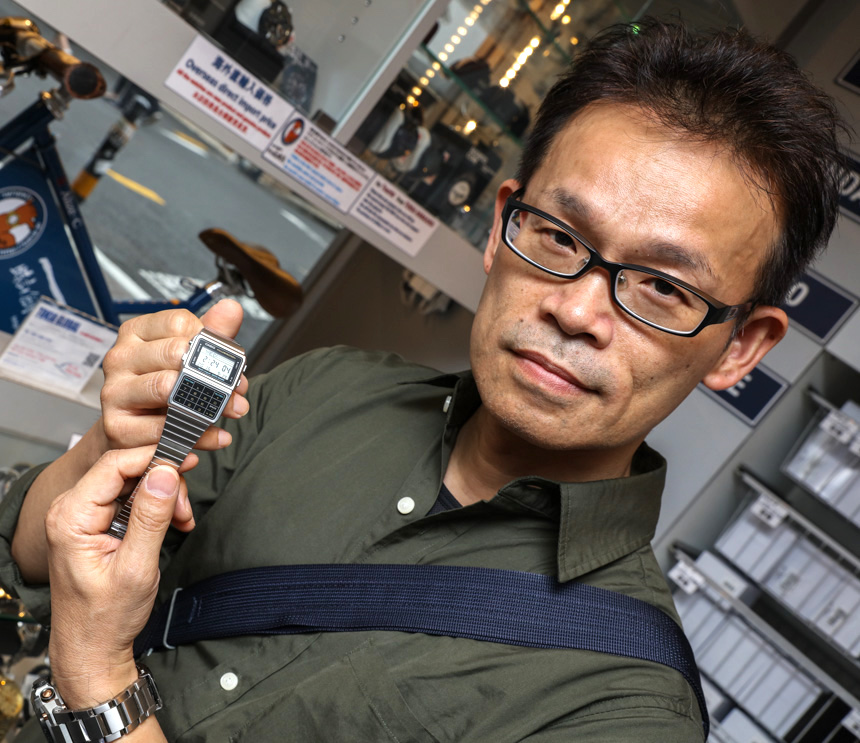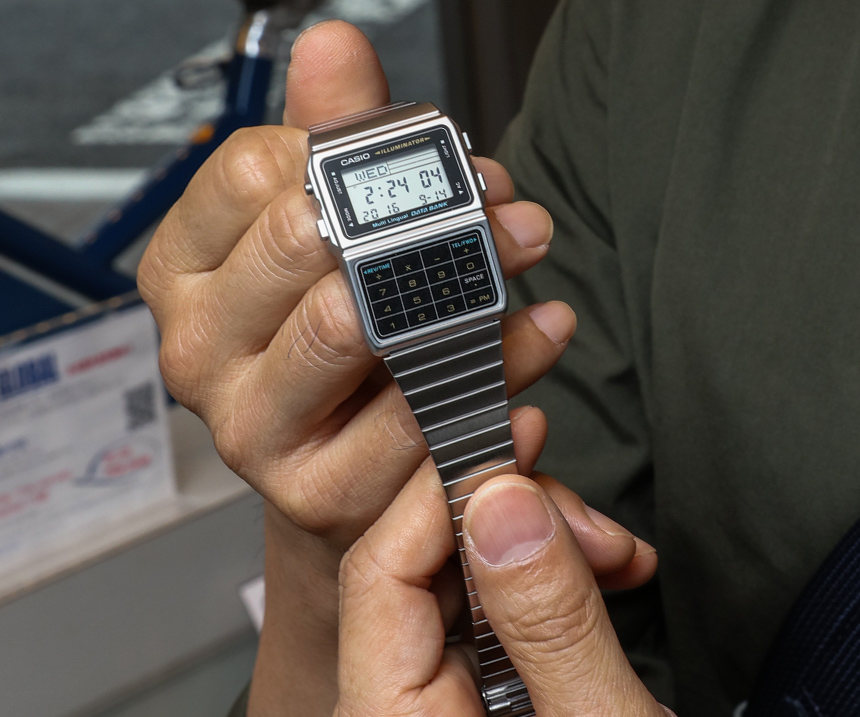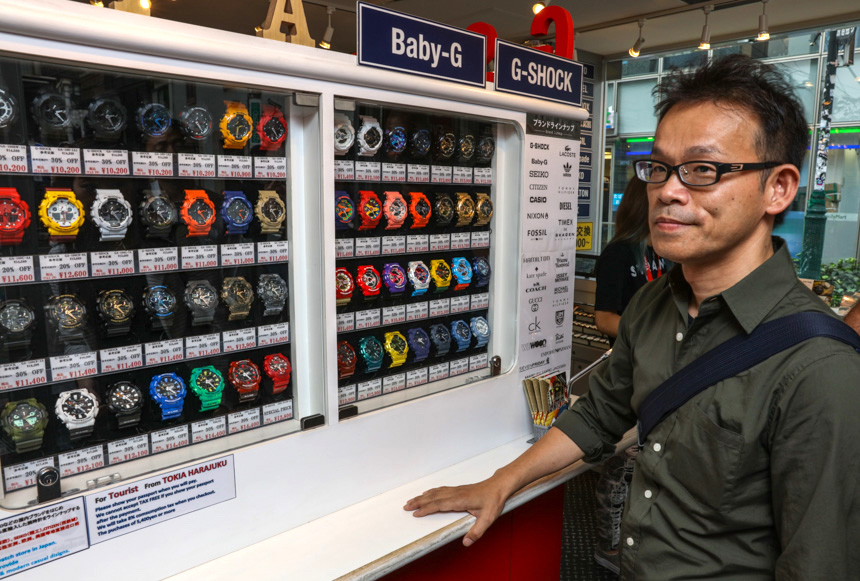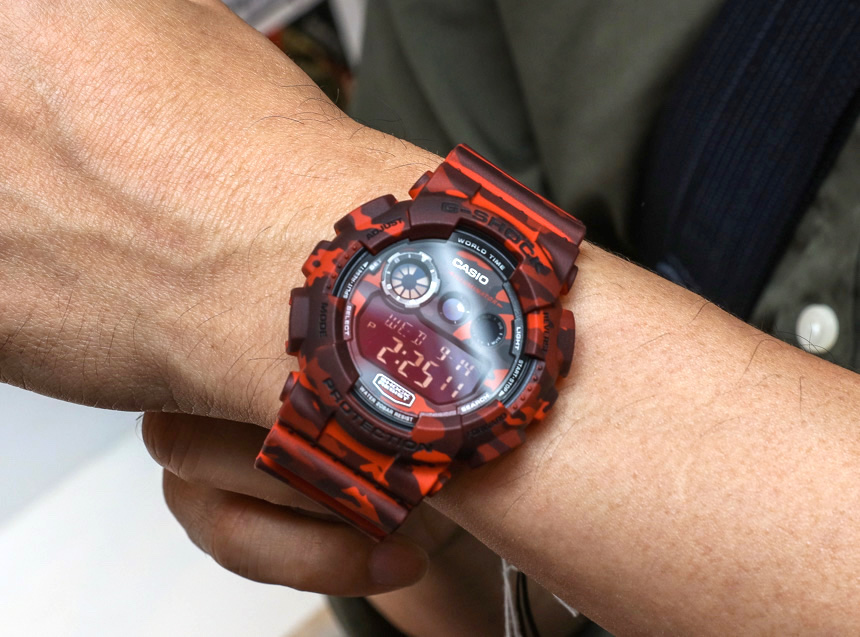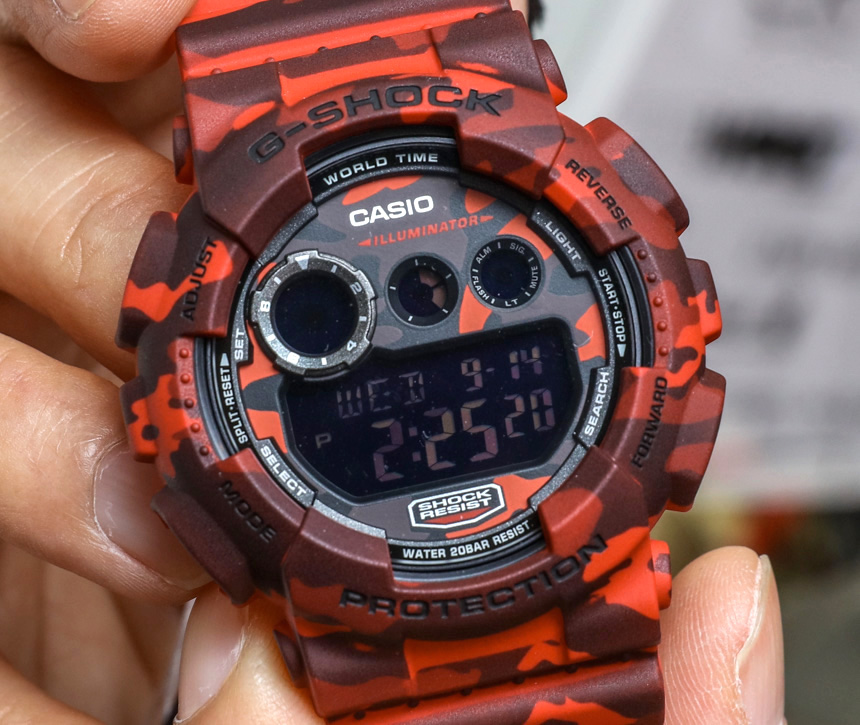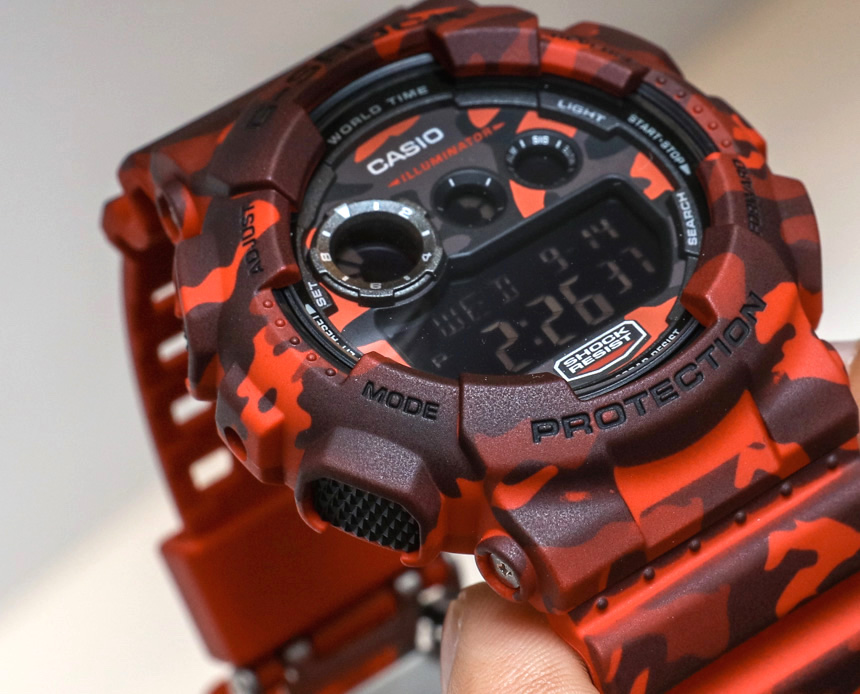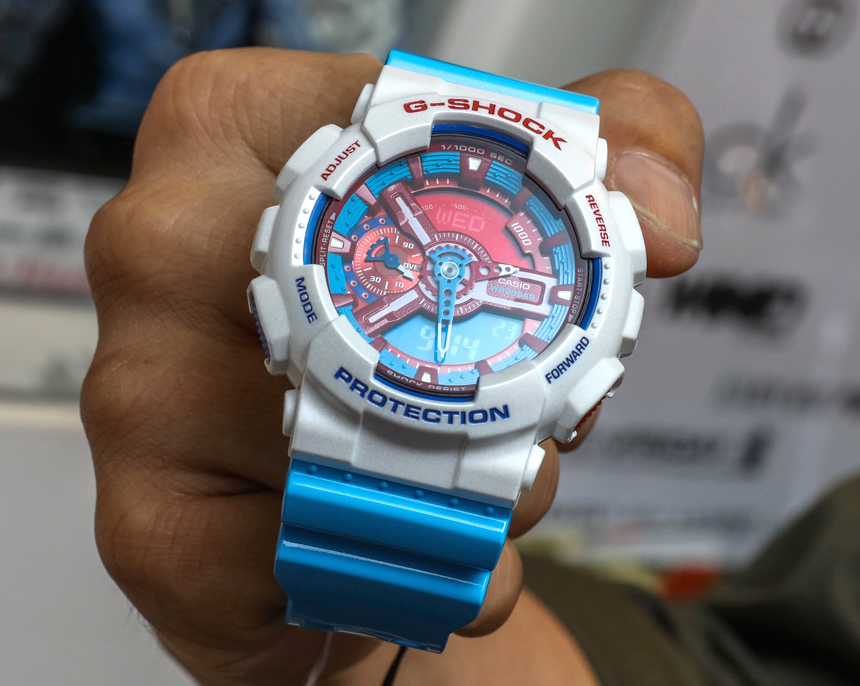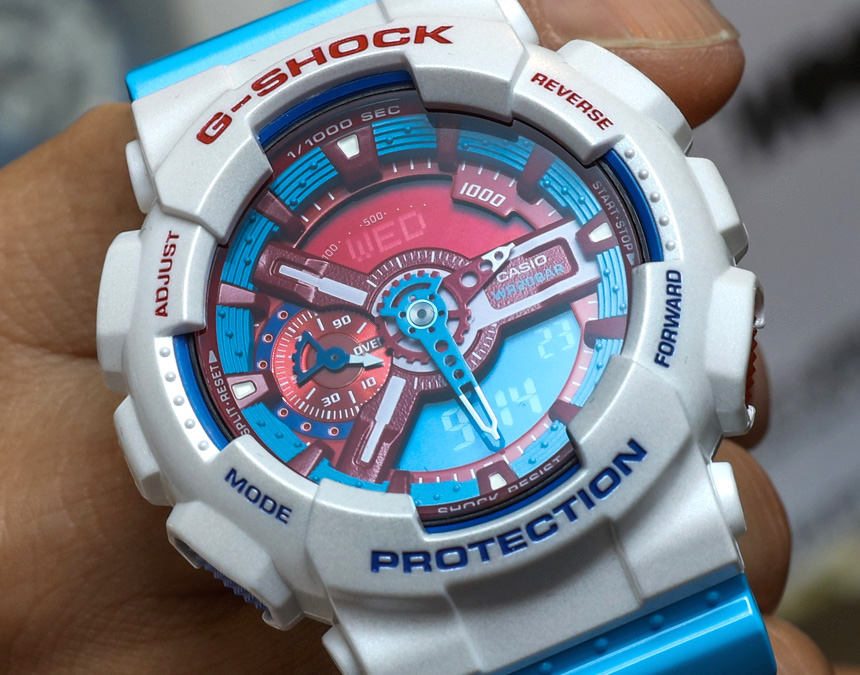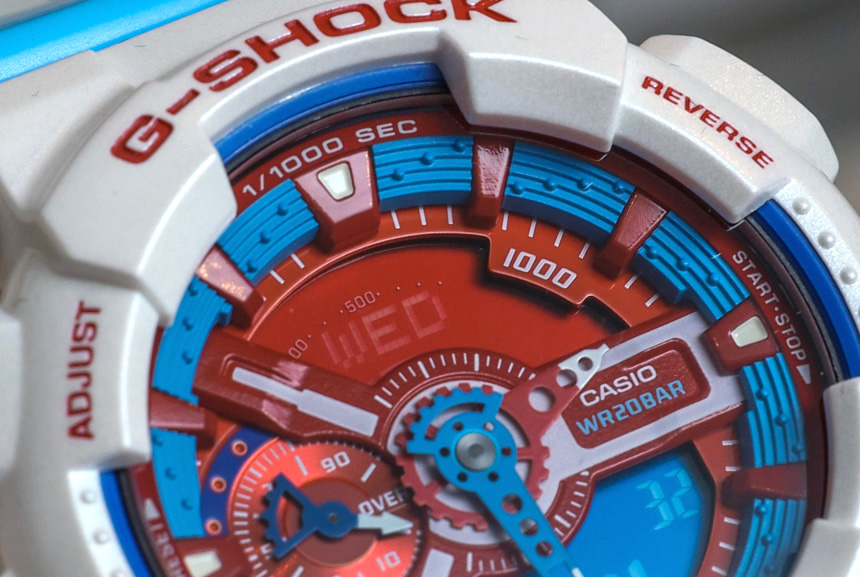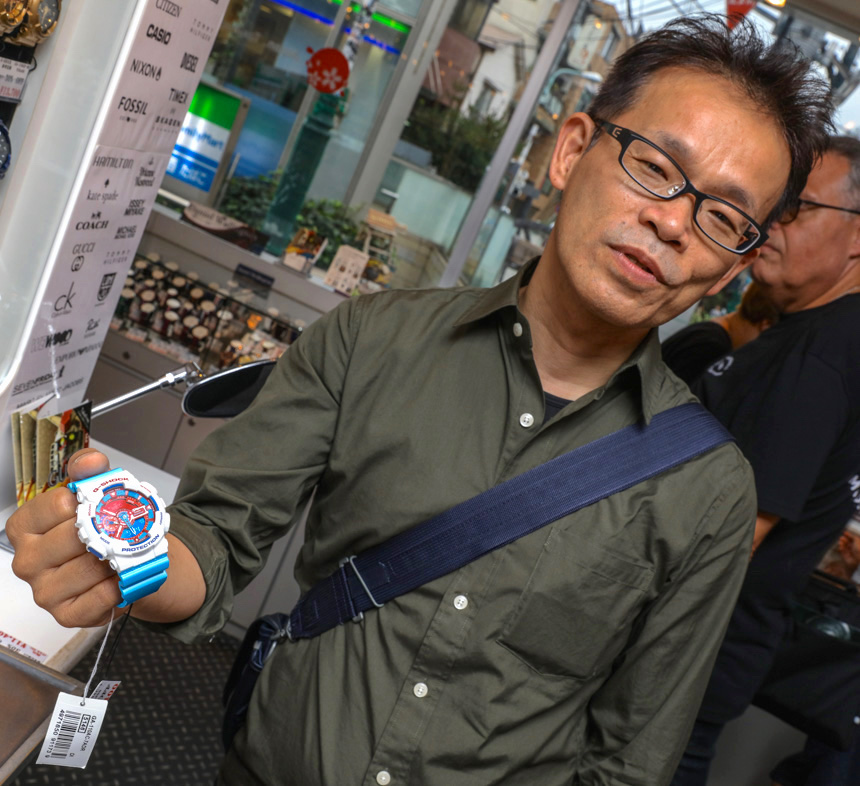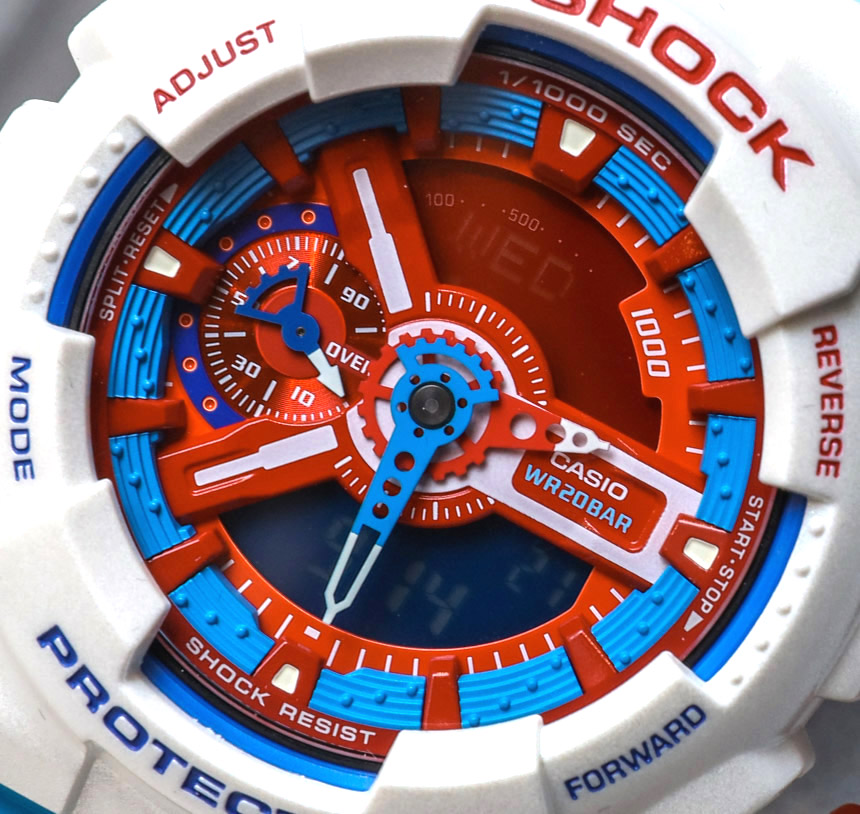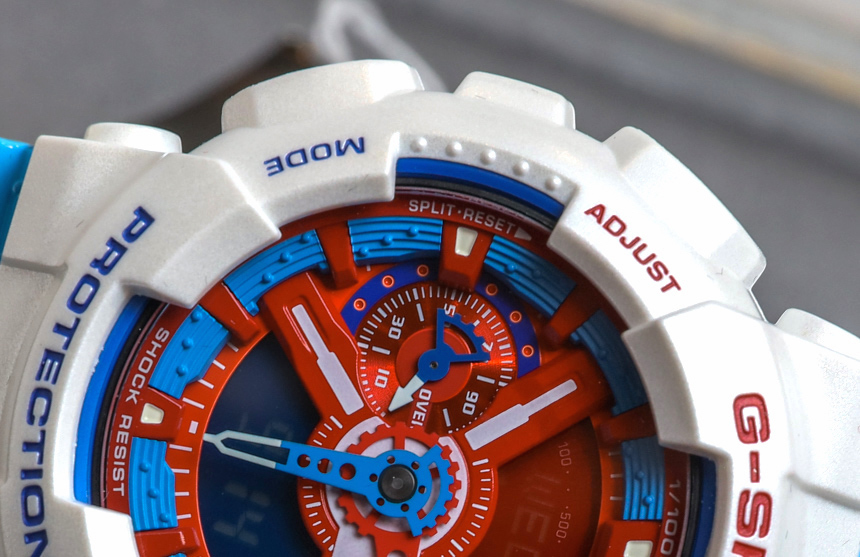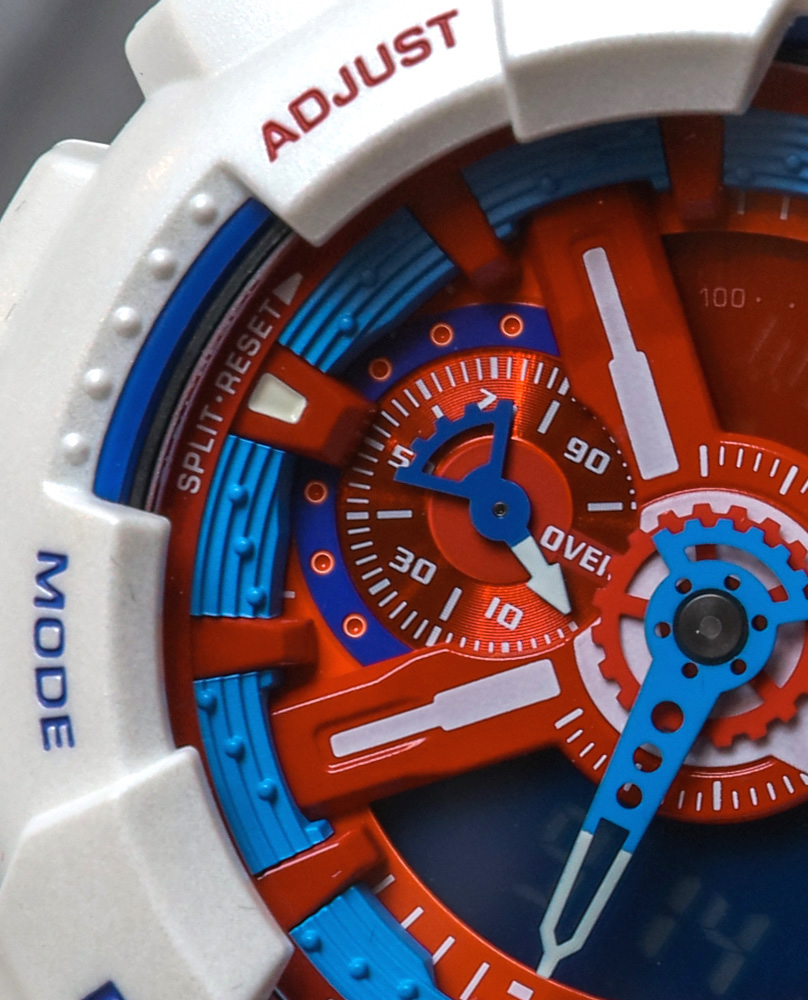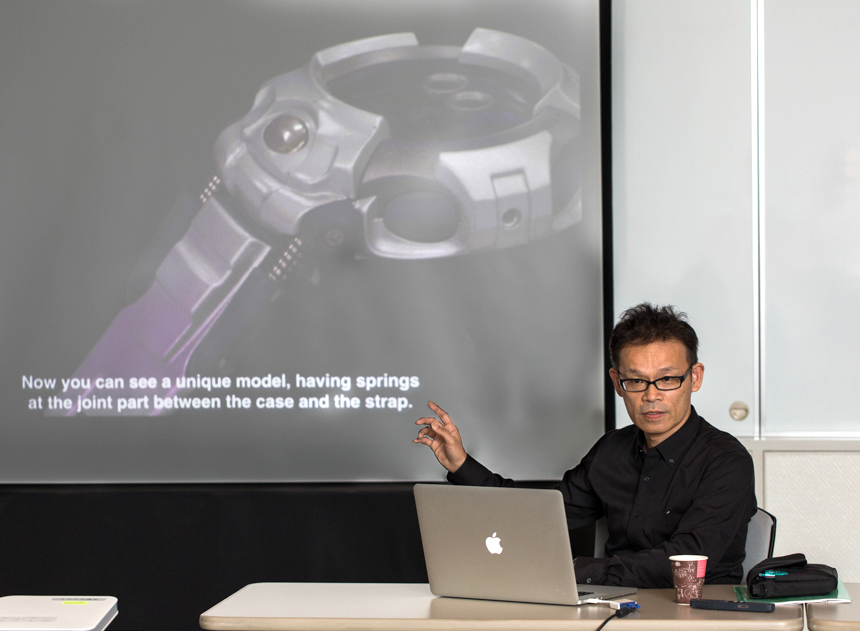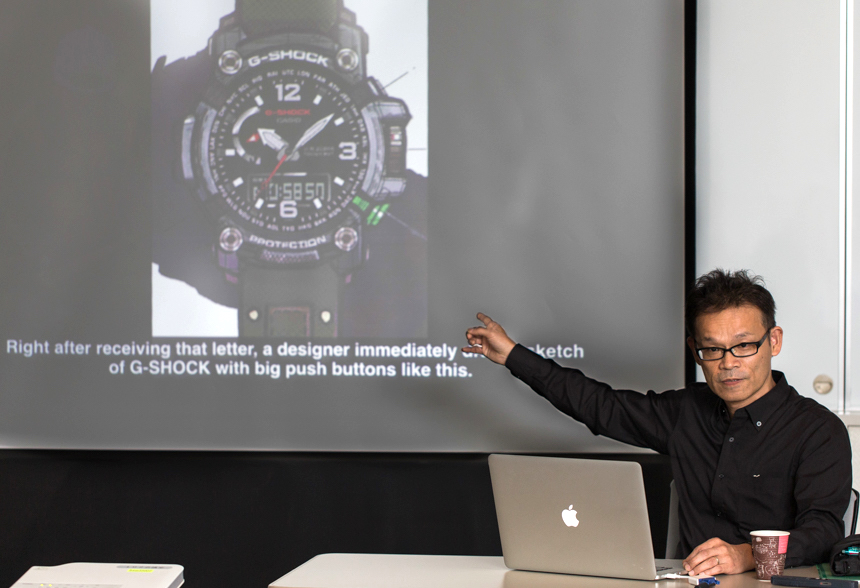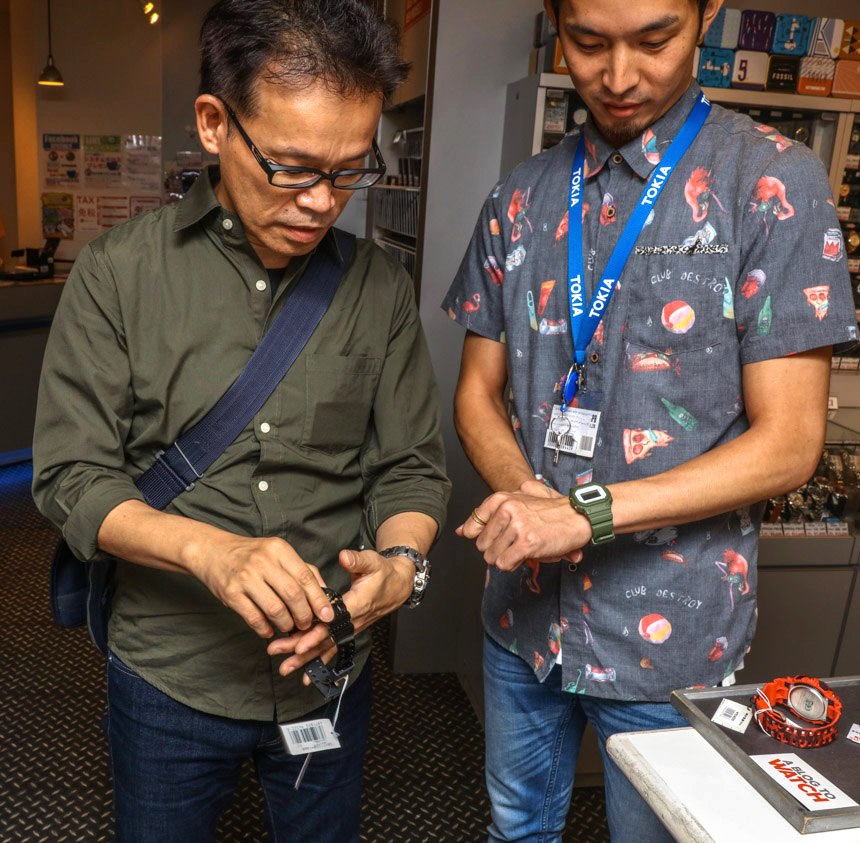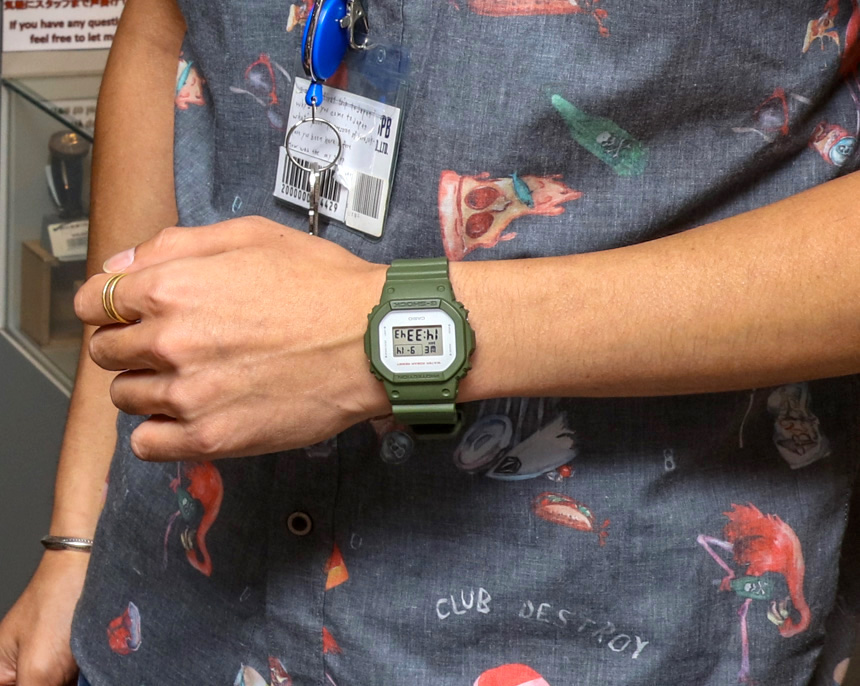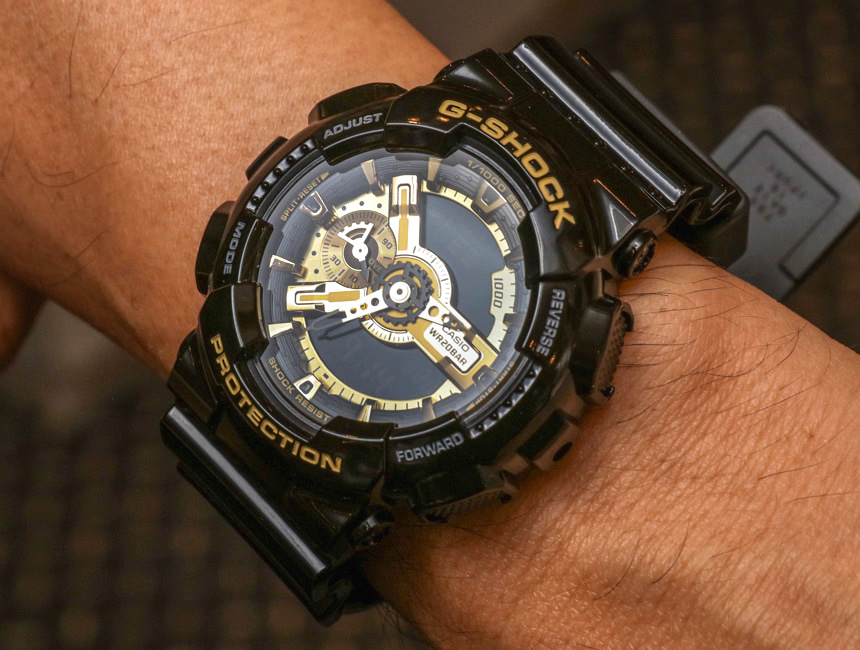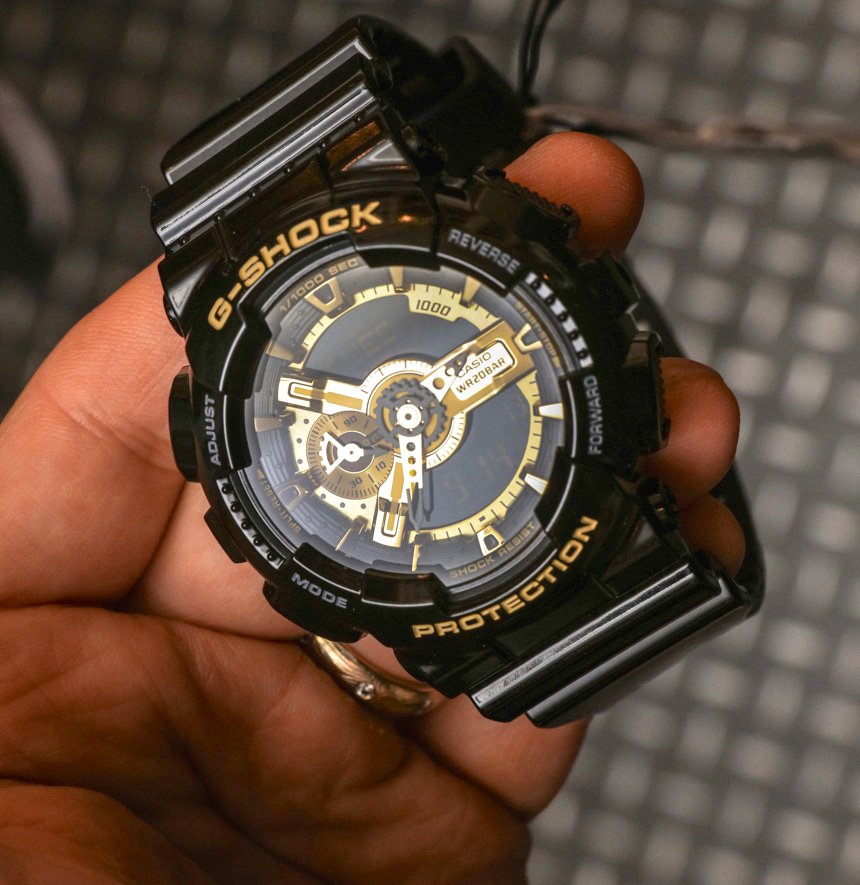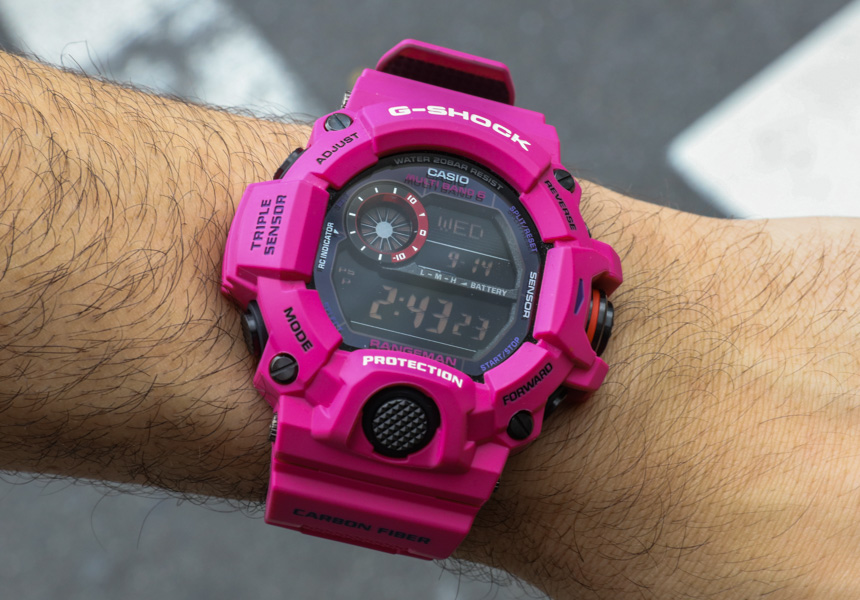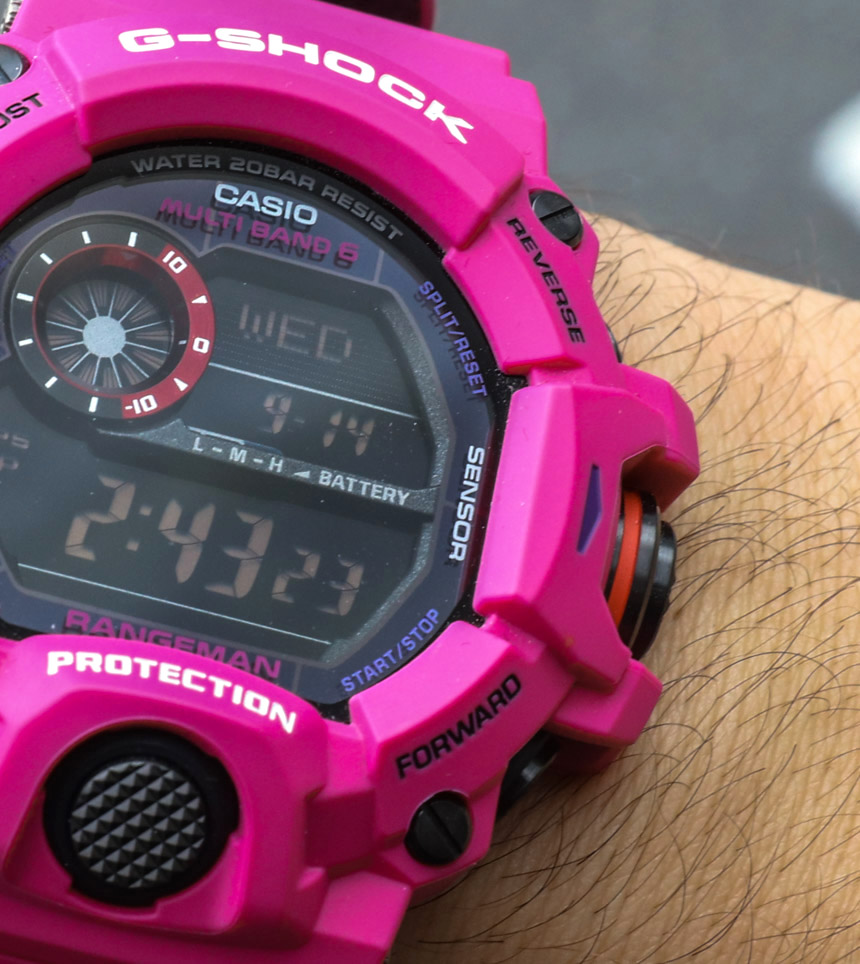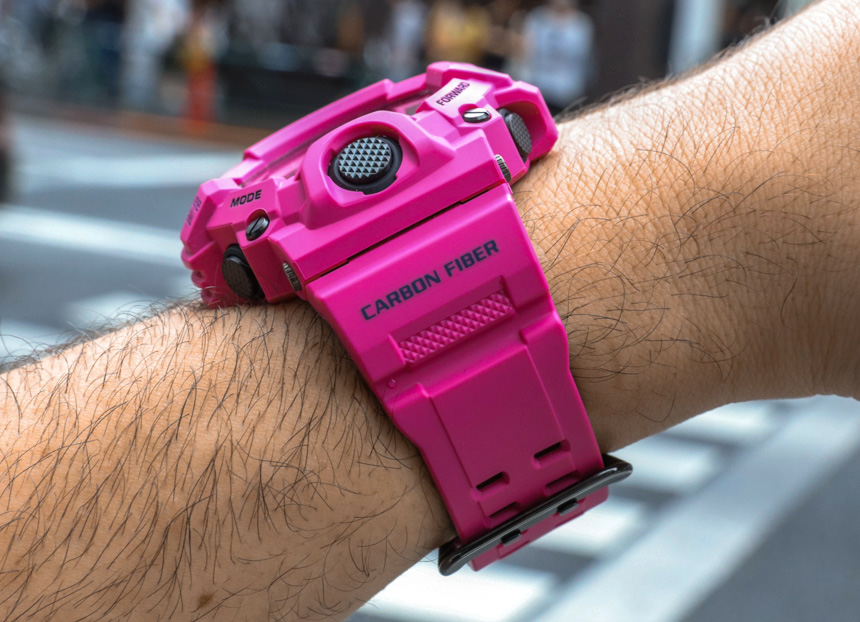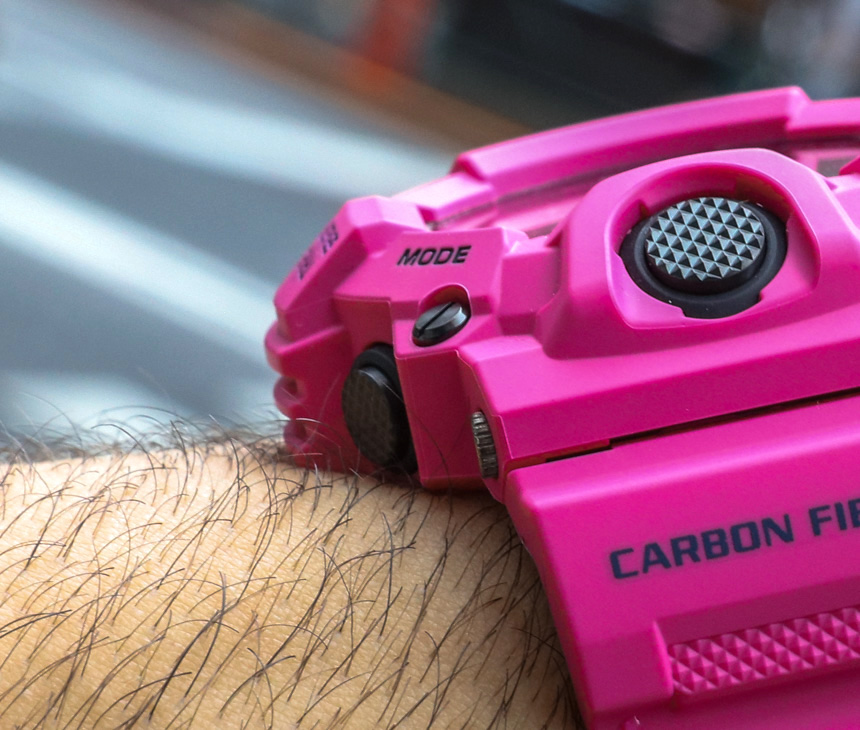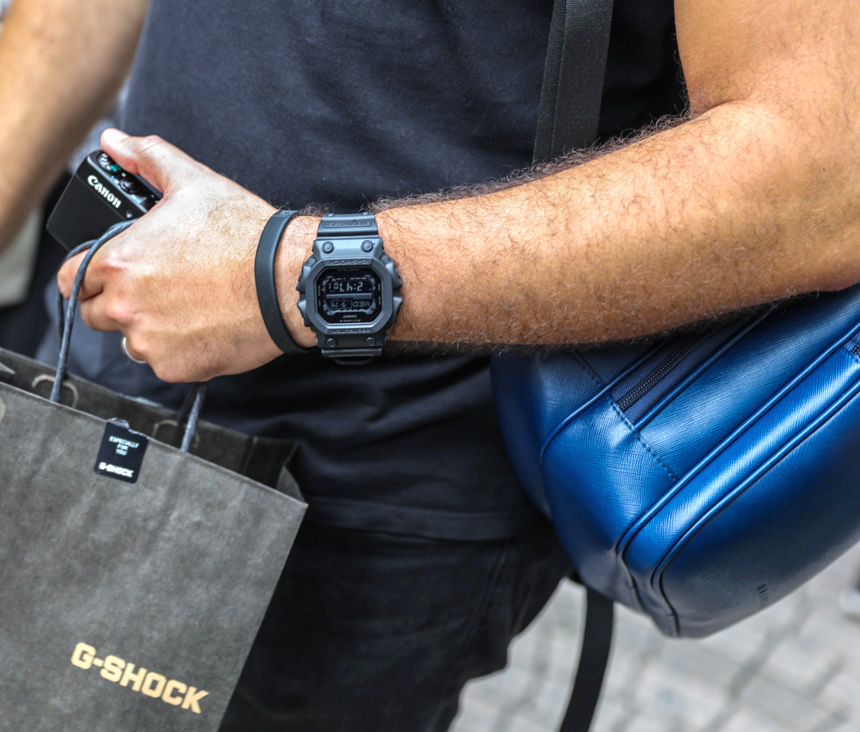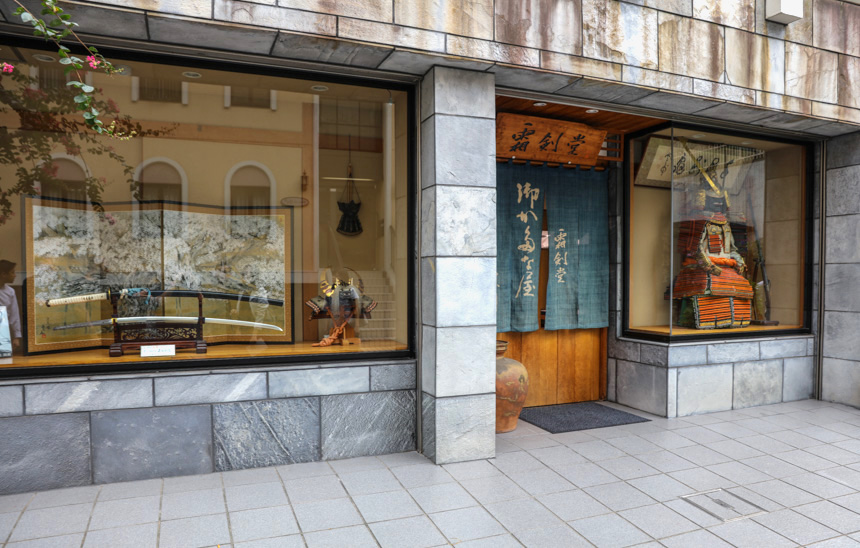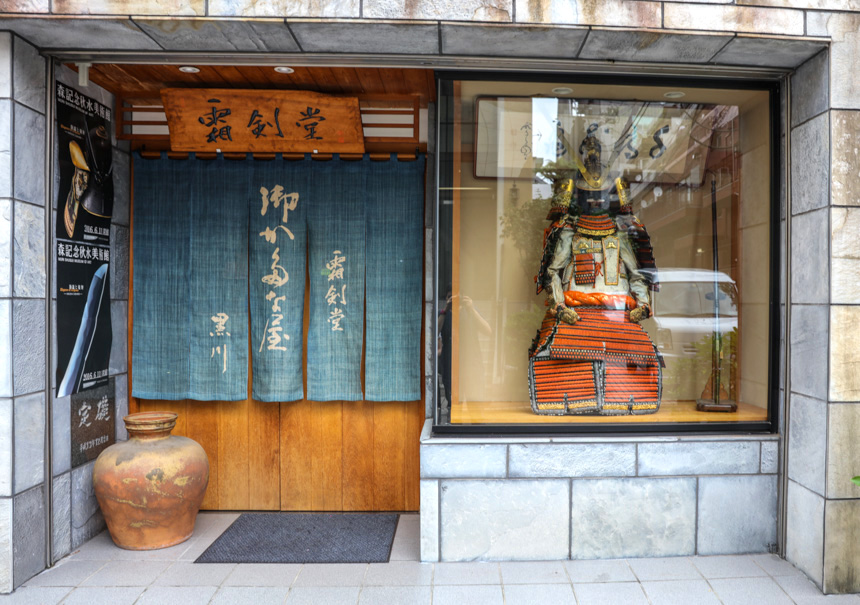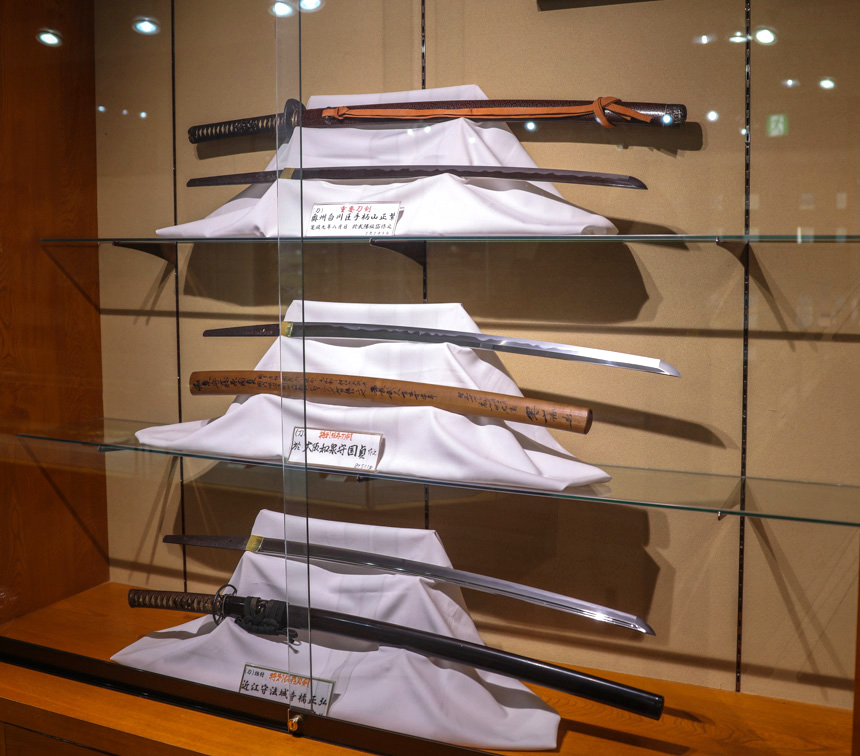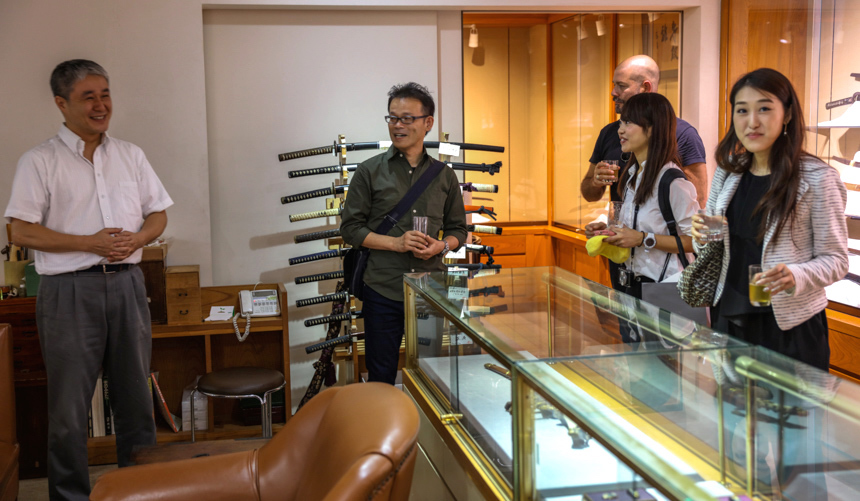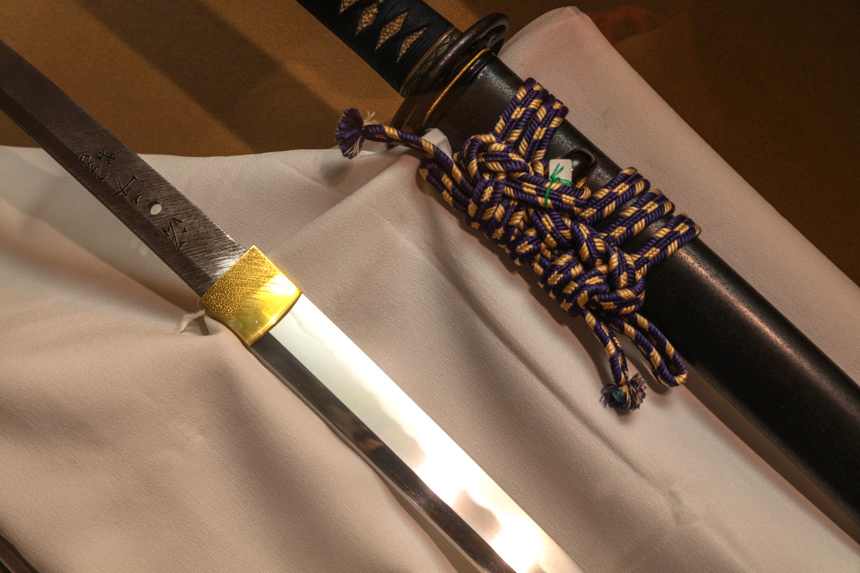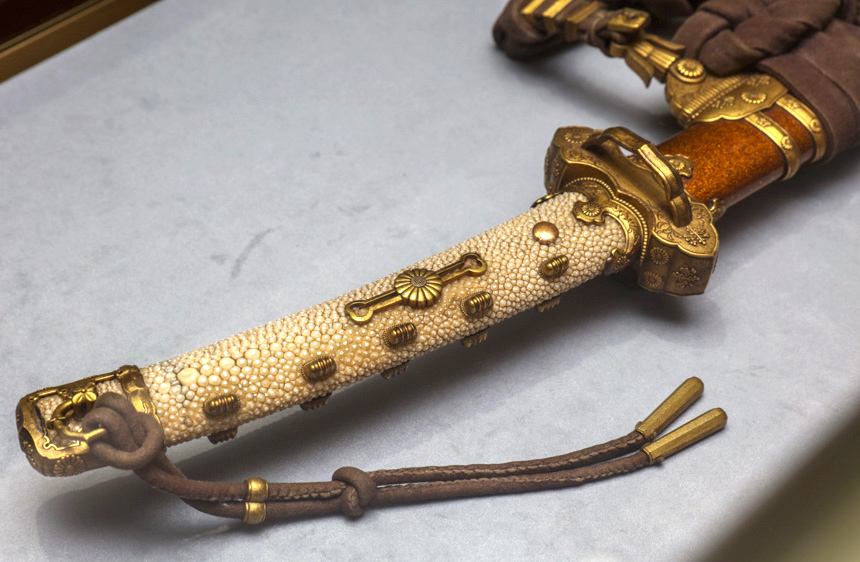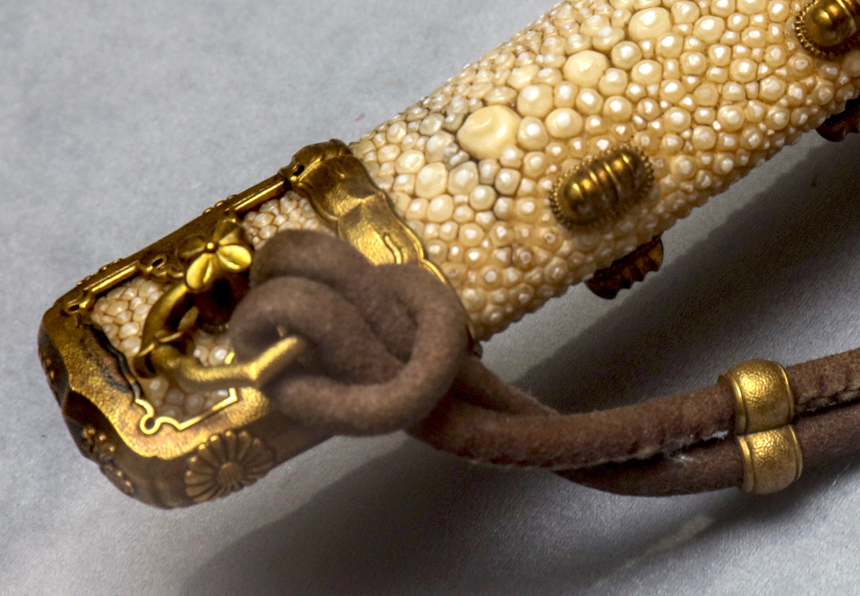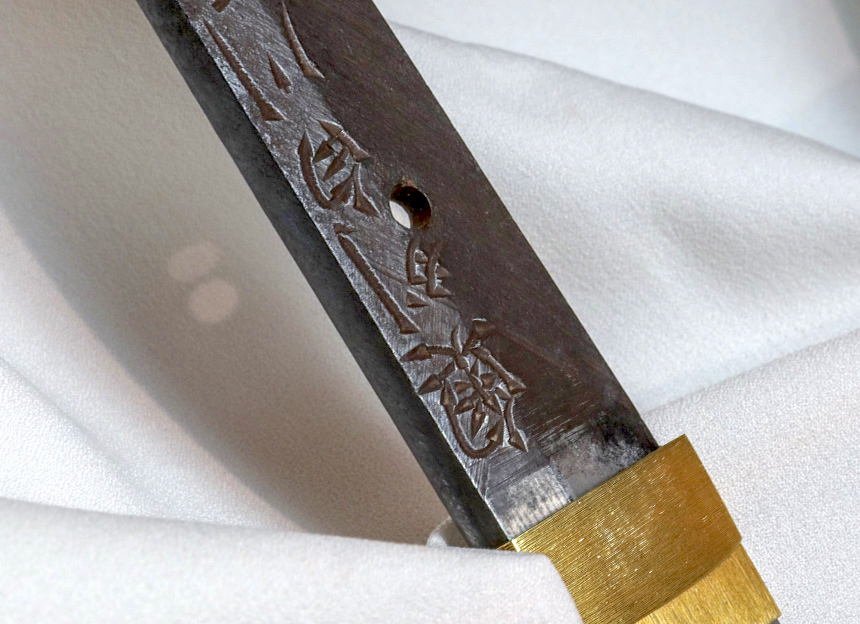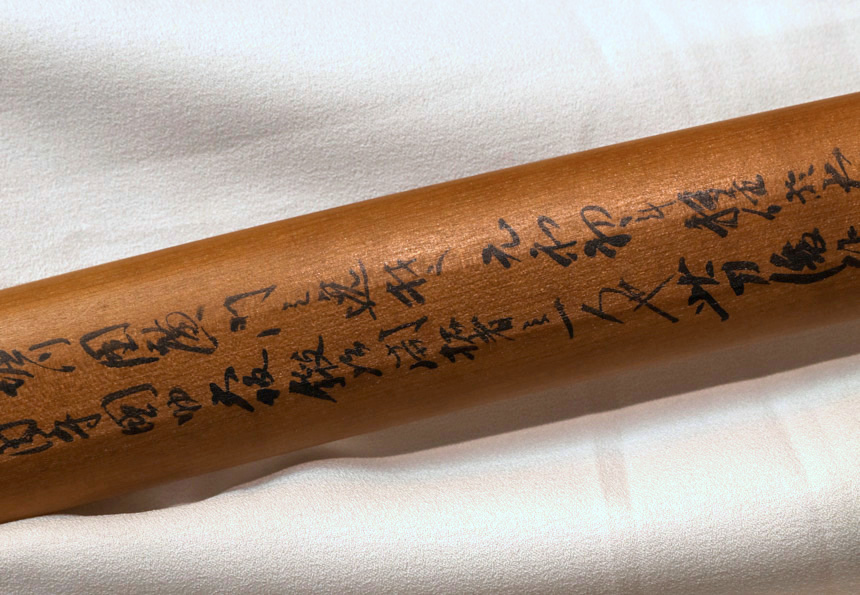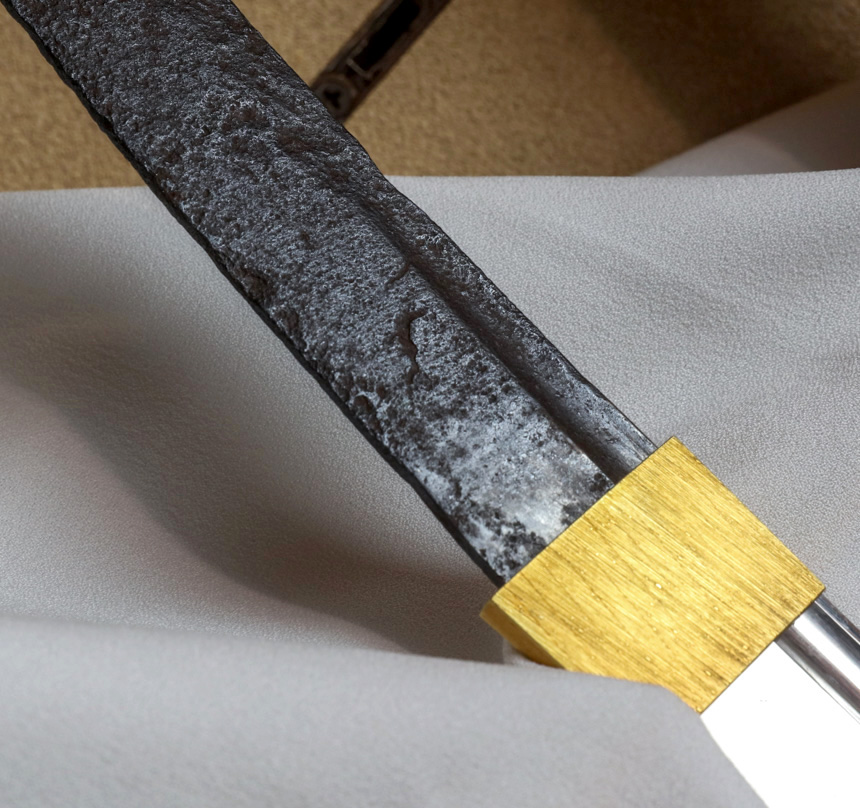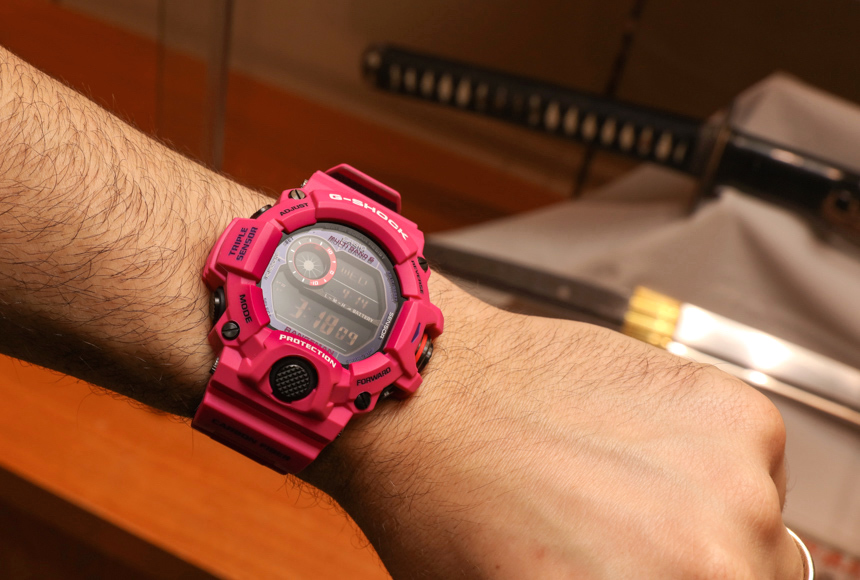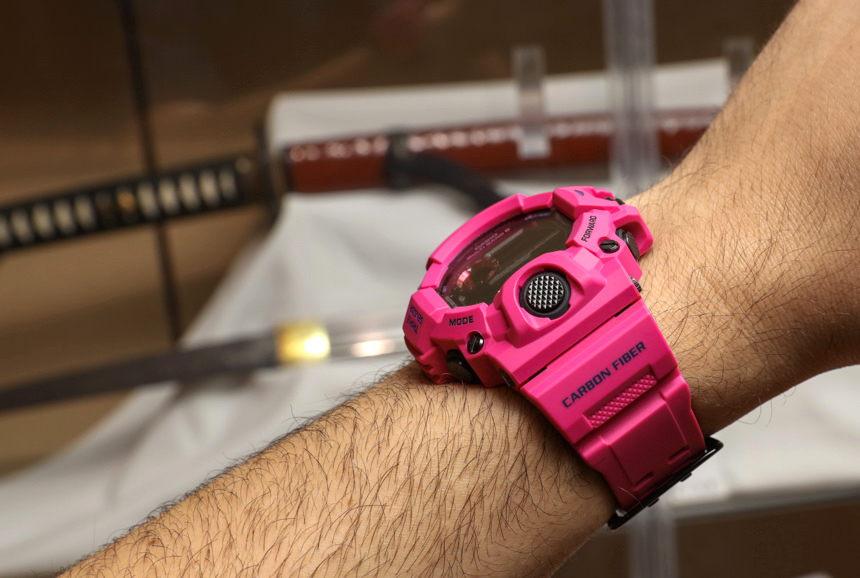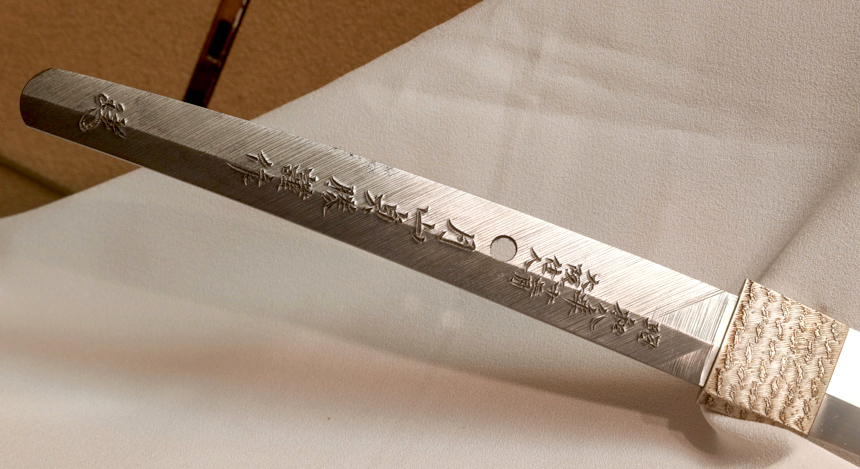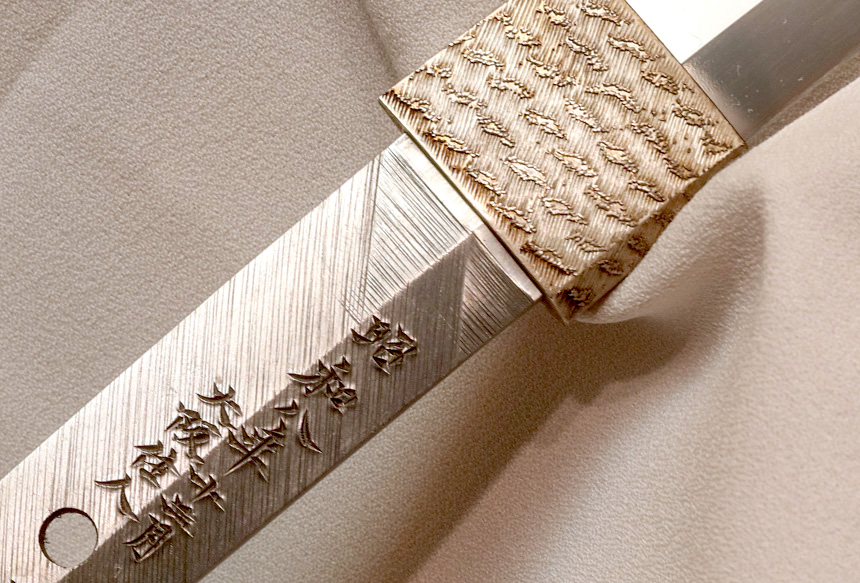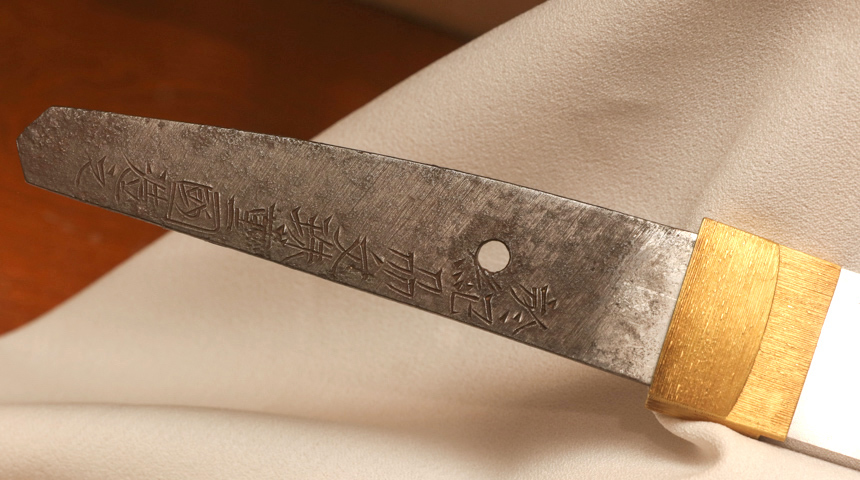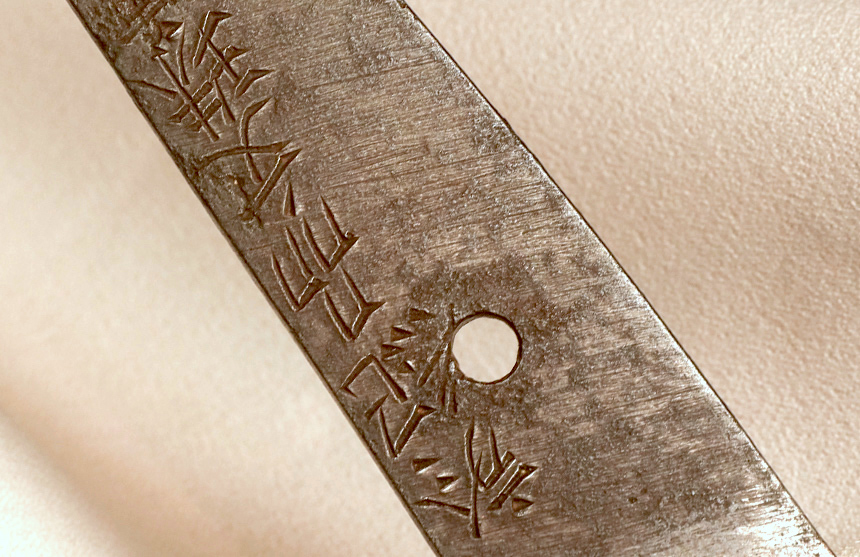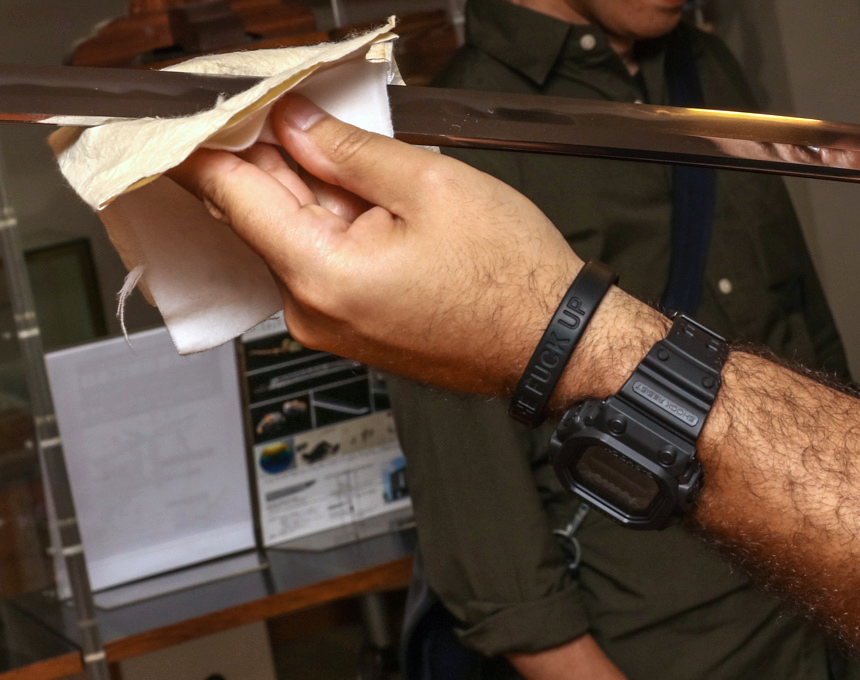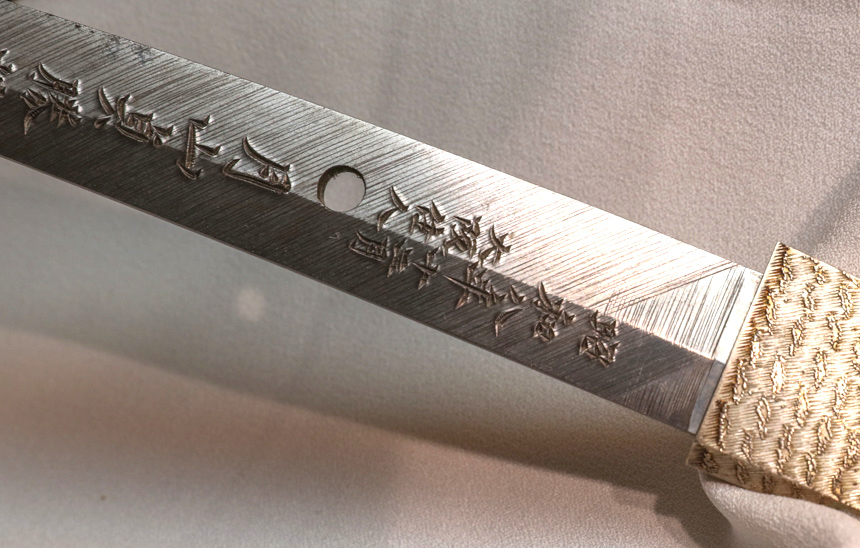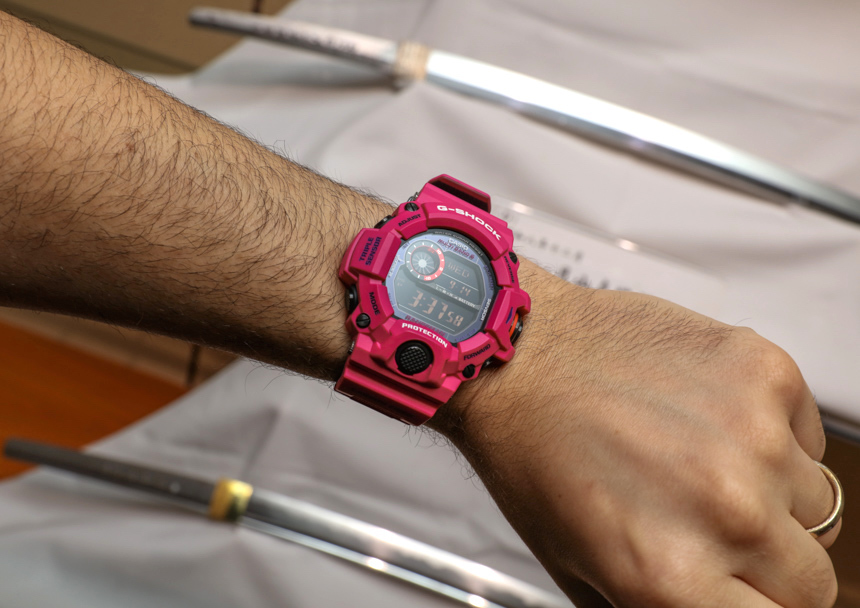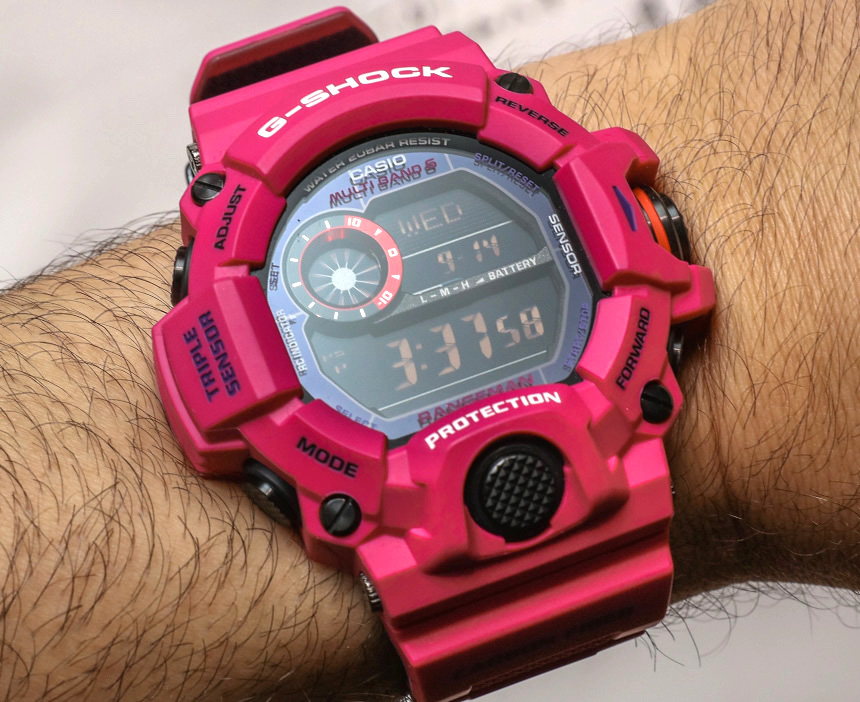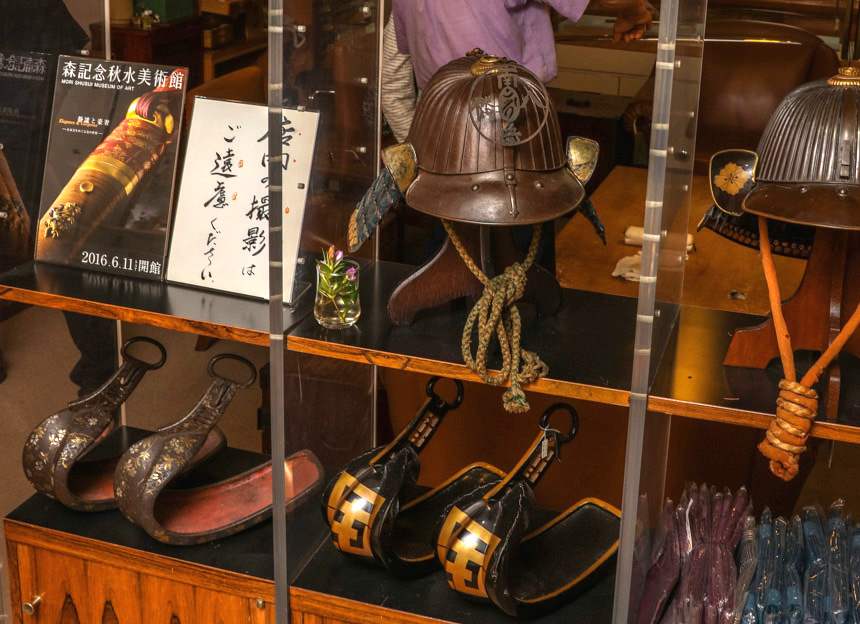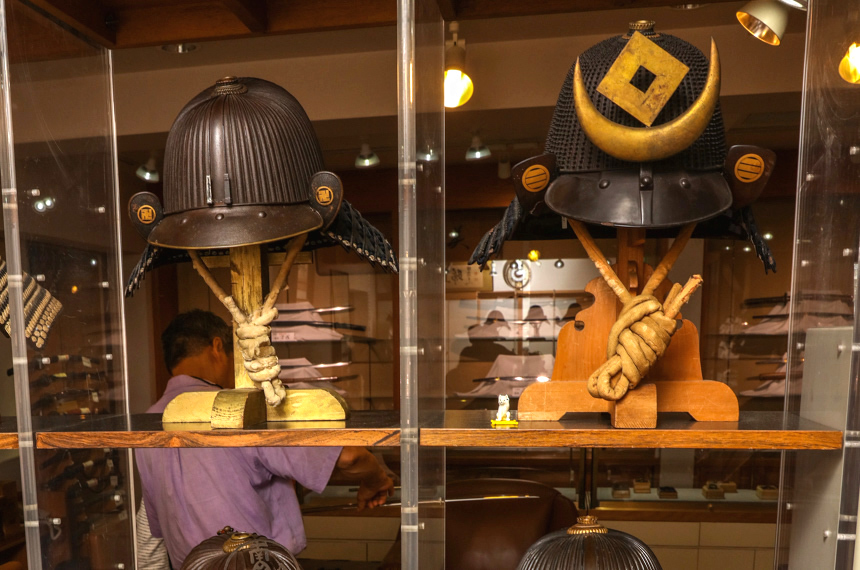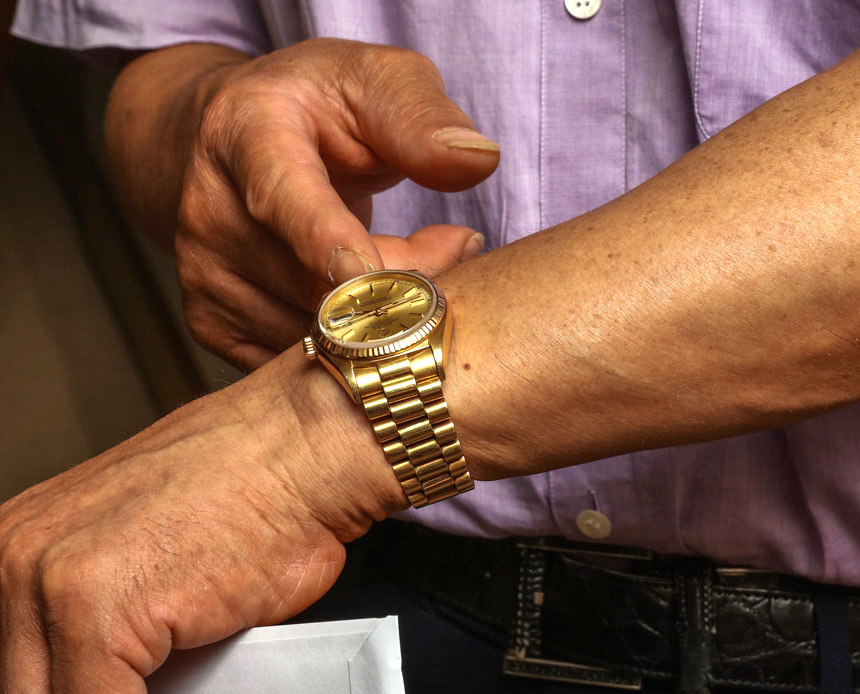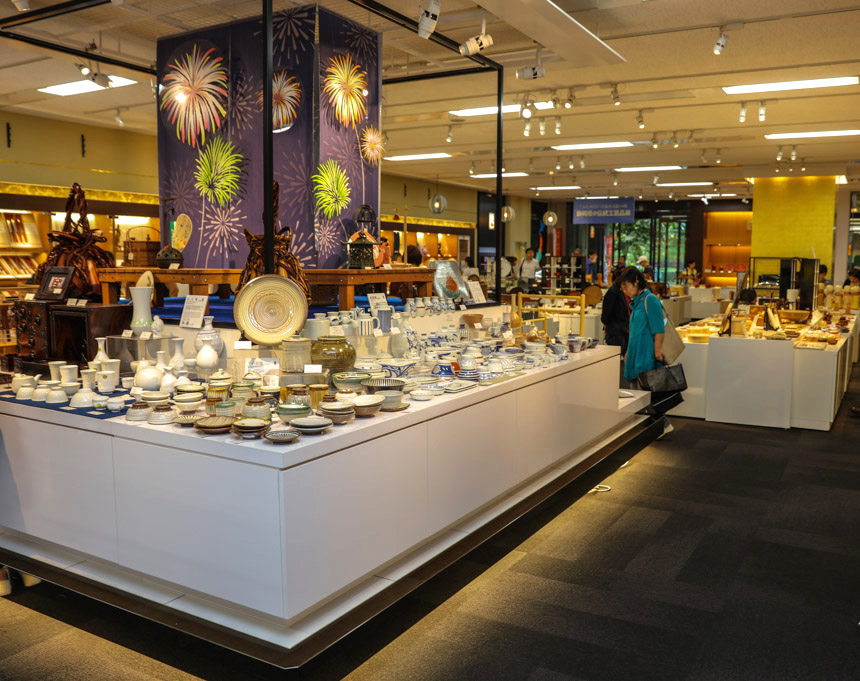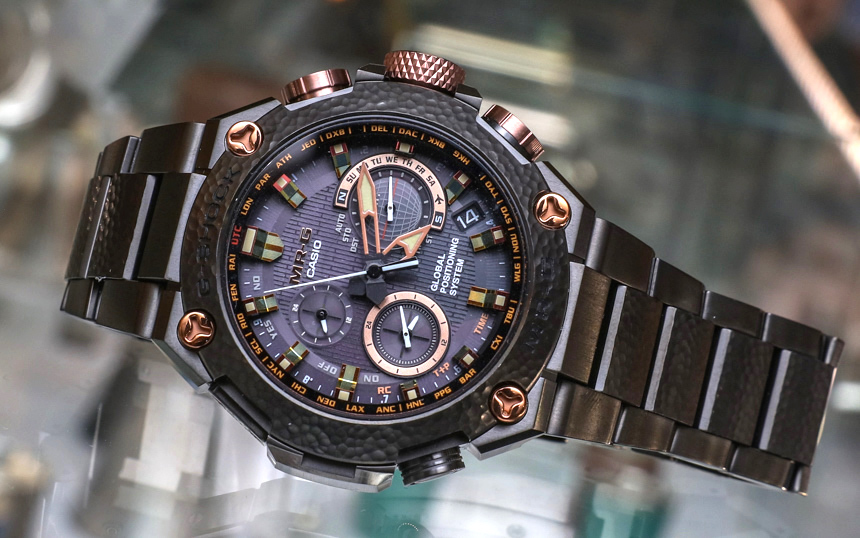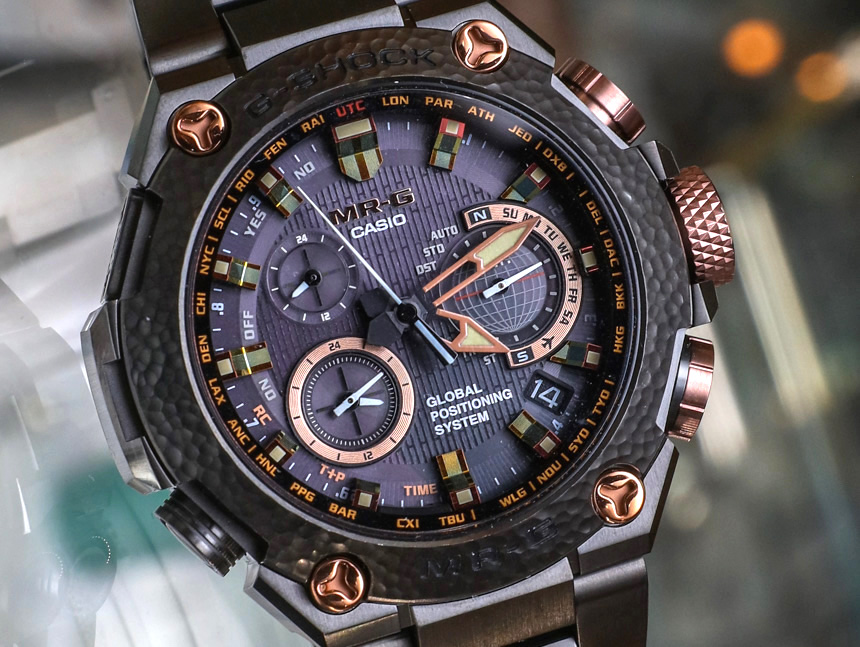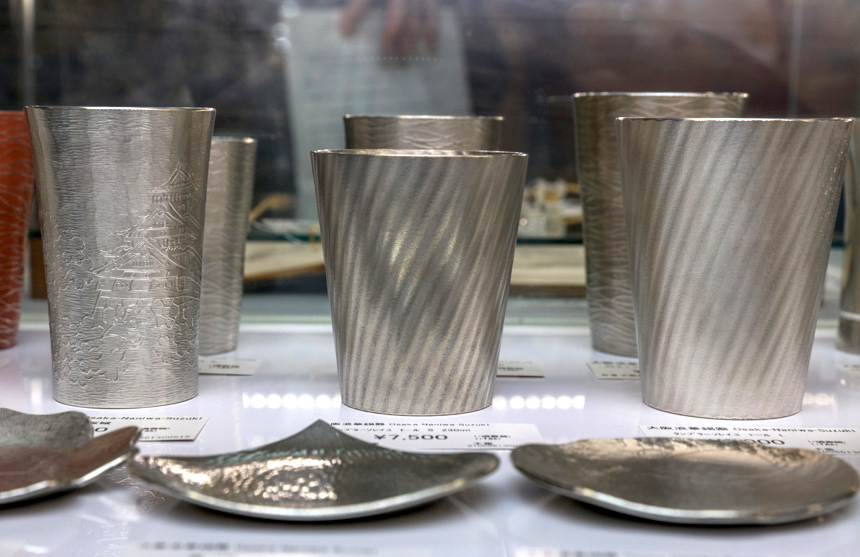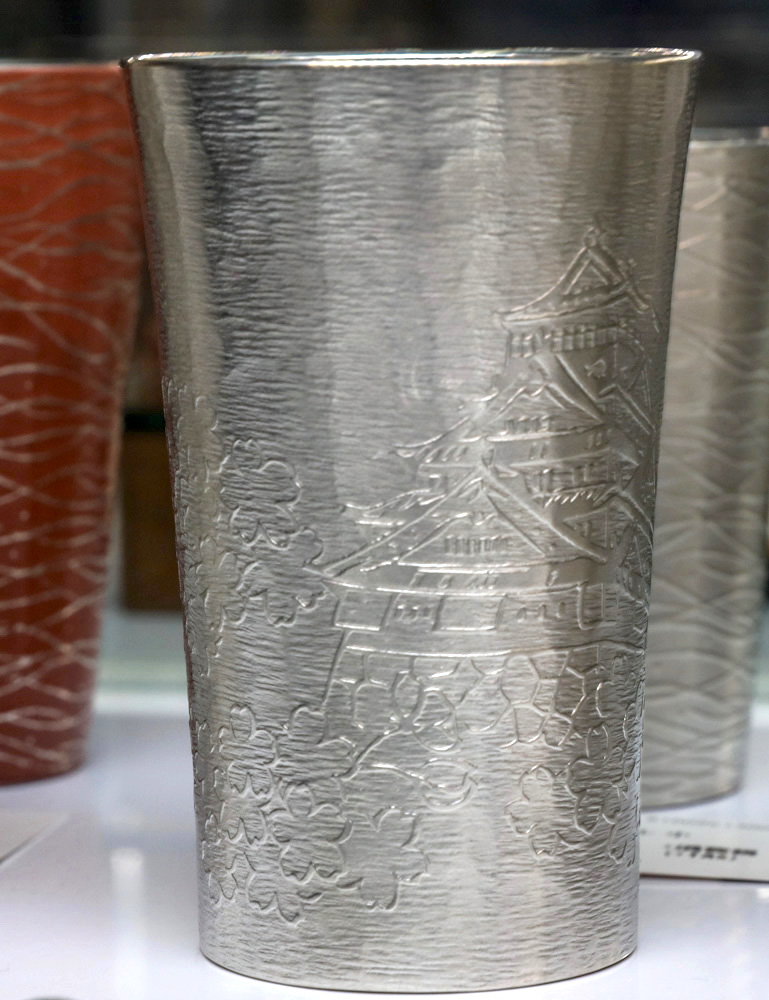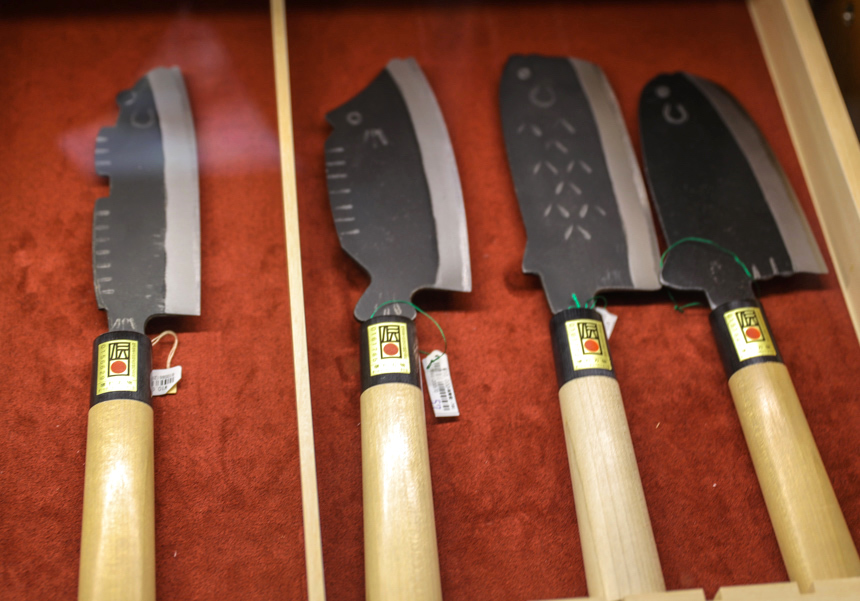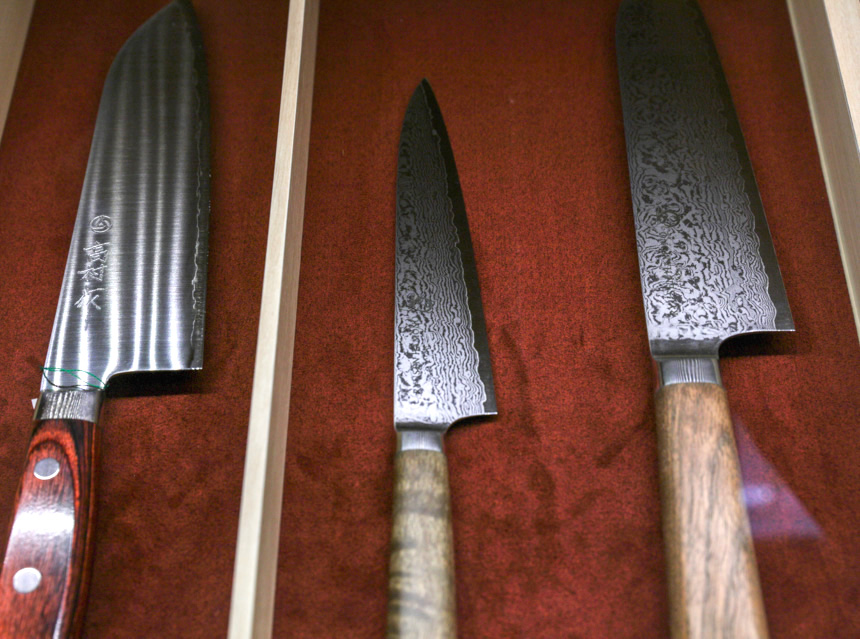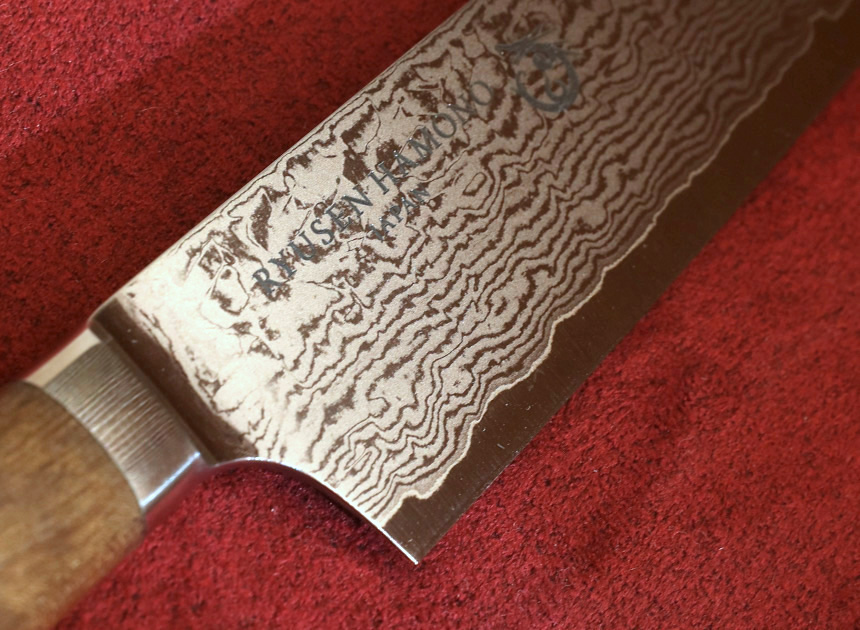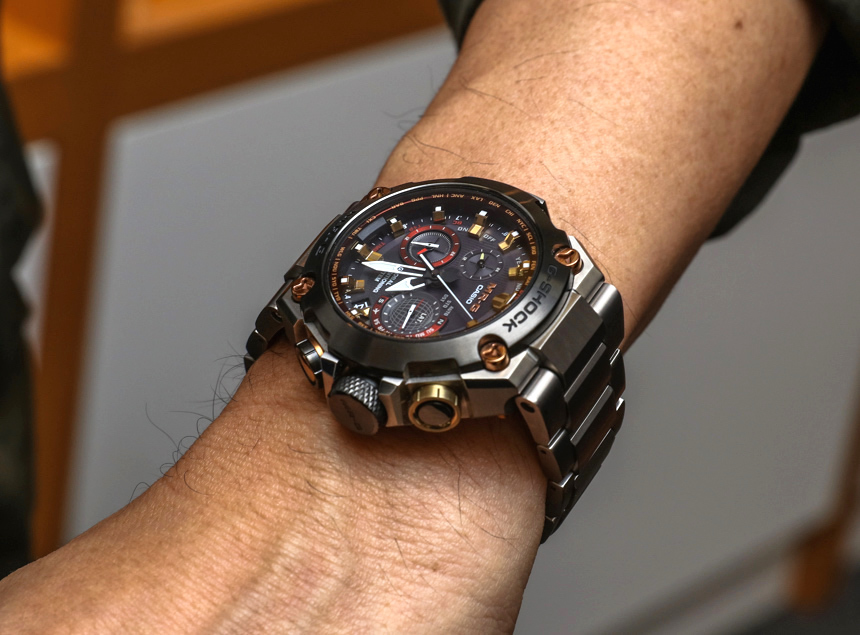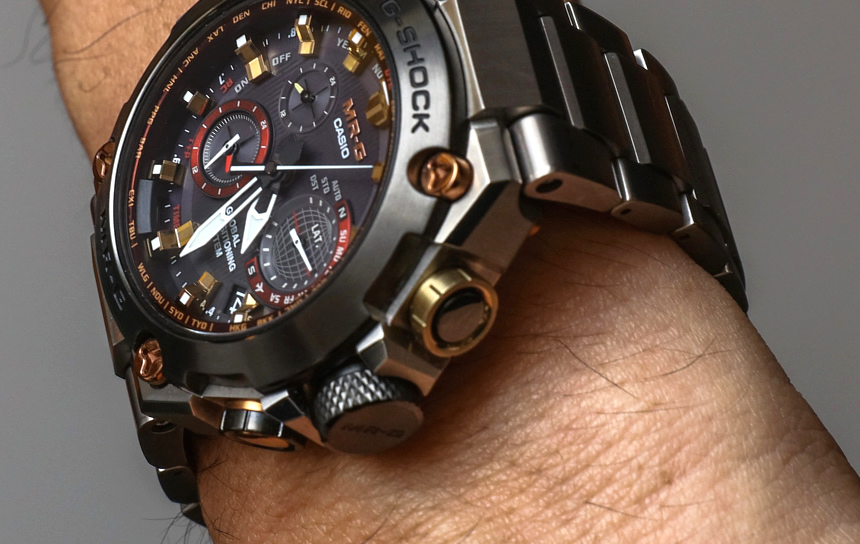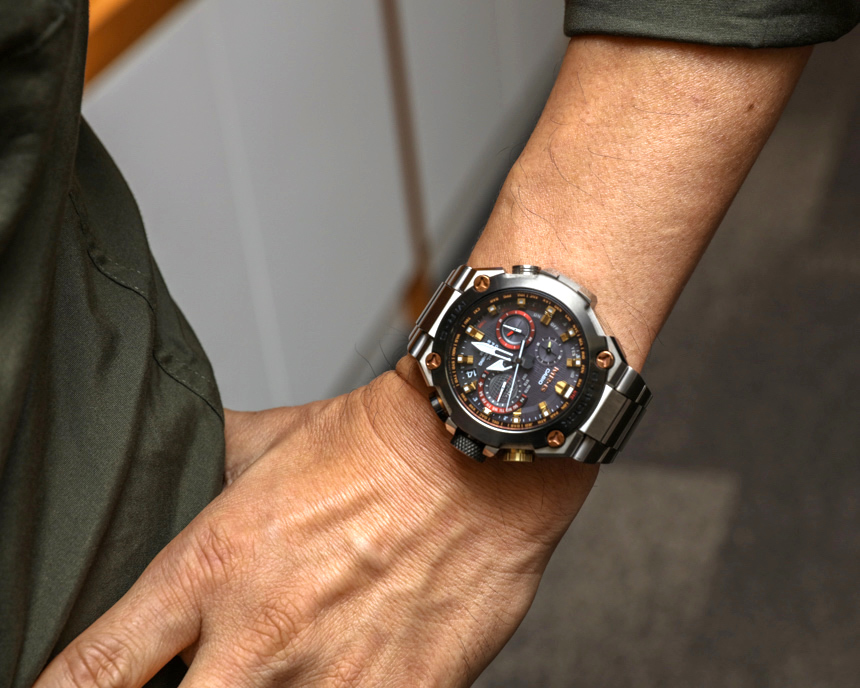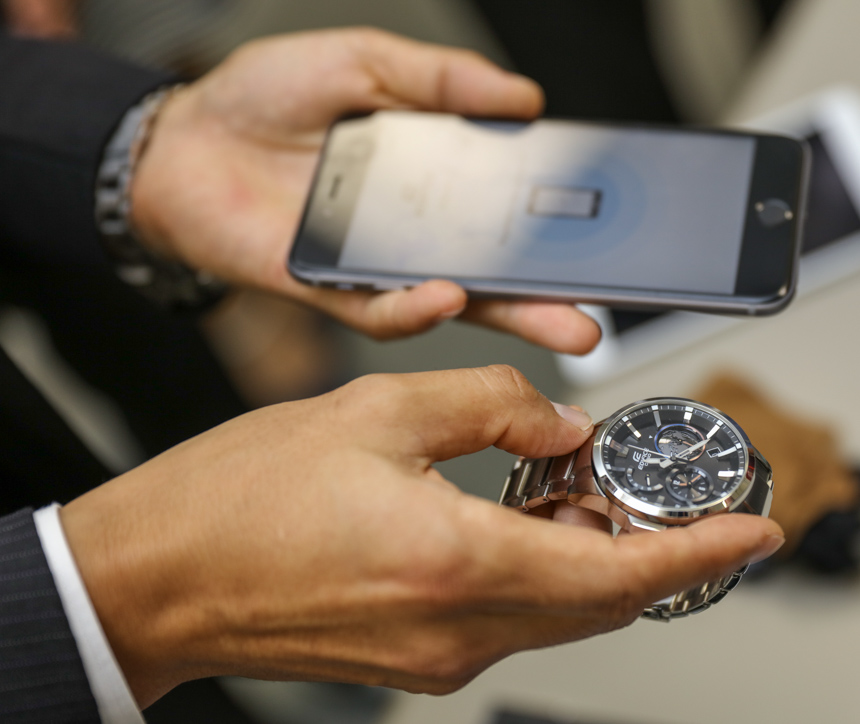
Mr. Moriai admits to not always understanding what the rest of the world wants in terms of product development. A weakness of all the major Japanese watchmakers is that they are so ethnocentric in their product development strategies. While they, of course, want to produce watches that will sell well in other countries, they don’t always know how to. What Casio does know is that they seem to have a winning formula with many of their products that helps them sell well. One of the most important things Casio has in their favor is price. I really can’t think of any other watch products which are so innovate at these prices save for smartwatches. And most smartwatches aren’t nearly as dependable and good-looking as your average G-Shock these days.
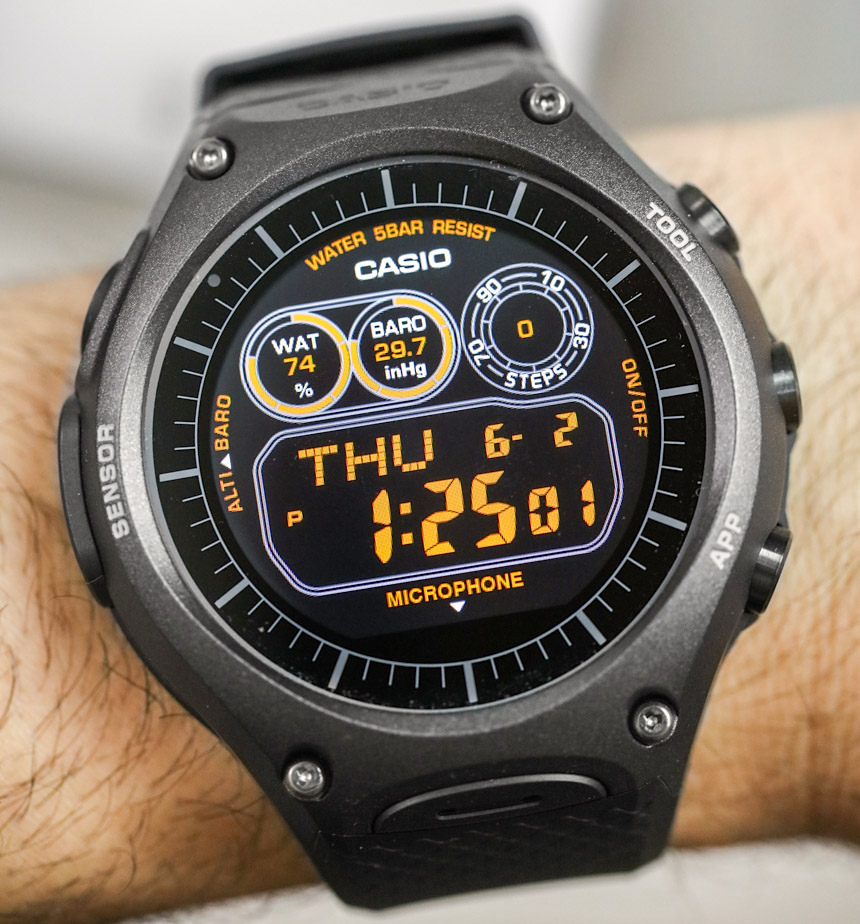
Casio, of course, has gotten into the smartwatch world with the WSD-F10 (reviewed here) and the more recent Pro Trek WSD-F20, and before that had started to experiment with Bluetooth connection in some watches. The next phase will be even more interesting as Casio will begin to deploy new technologies which ensure that all of their watches can reliably and universally connect to outside signals in order to be always on time anywhere in the world. It isn’t clear how Casio will do this, but my understanding is that it will not be using GPS (for all devices) nor reliance on radio signals from atomic clocks. I’m happy to report that it sounds like Casio will continue to be a brand to closely watch in the future.
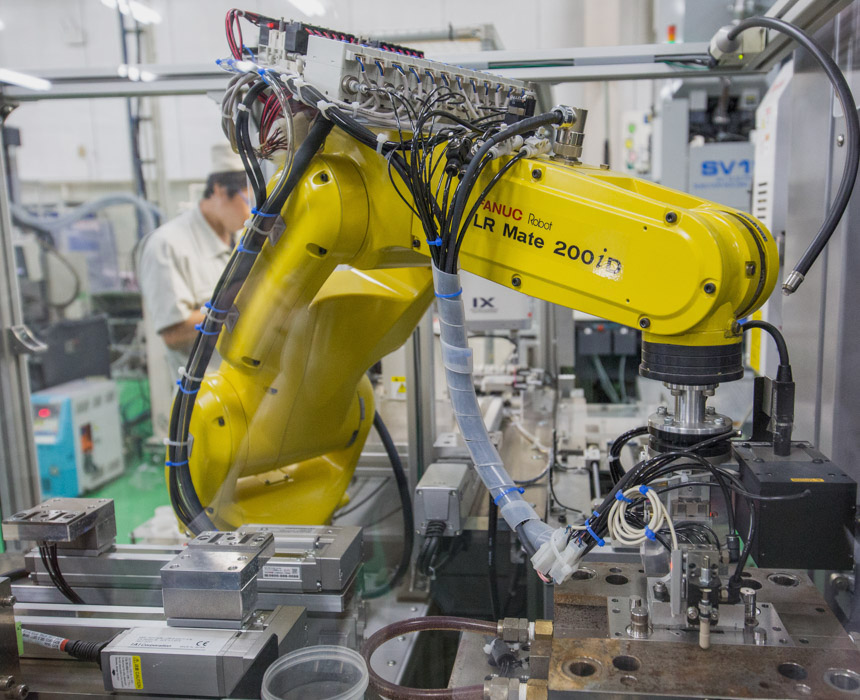
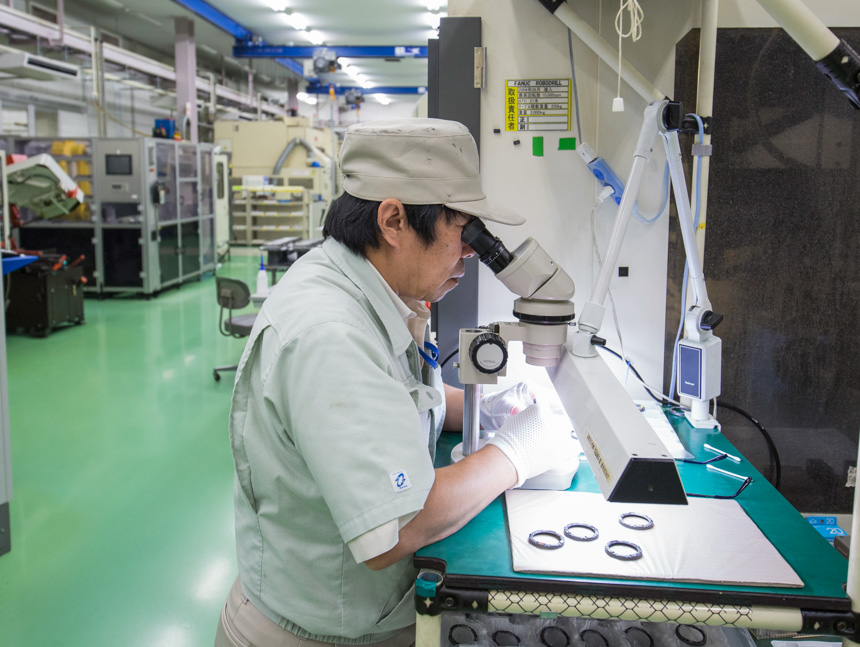
Let me return to the topic of prices because I think it is very important. While the larger luxury watch industry inspires me with interesting new watches all the time, most of them I am forced to ignore as their prices are beyond what I can now (or will ever be able to) afford. The hubris of the luxury watch industry is in believing that there will always be enough people with both the money and passion to appreciate what they do. They often get so much right, aside from the price. I know for a fact that while Casio’s comparatively pedestrian and Switzerland’s prestigious “toys for boys” appeal to the same parts of people’s personalities, only brands like Casio can truly deliver that fun for a lot of people. Switzerland is chasing the rare person with both high budget in their bank account and an unbridled sense of play in their hearts.
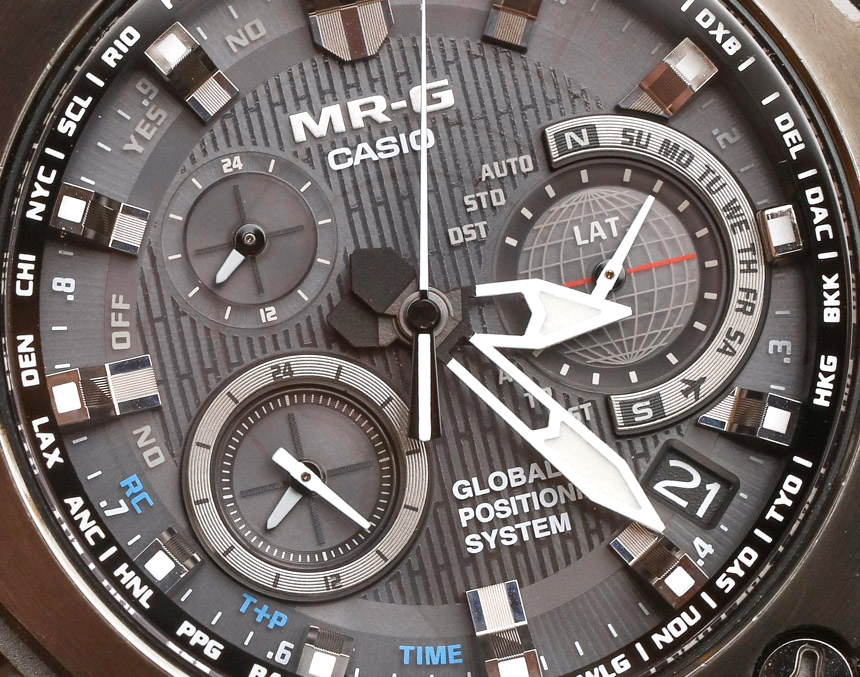
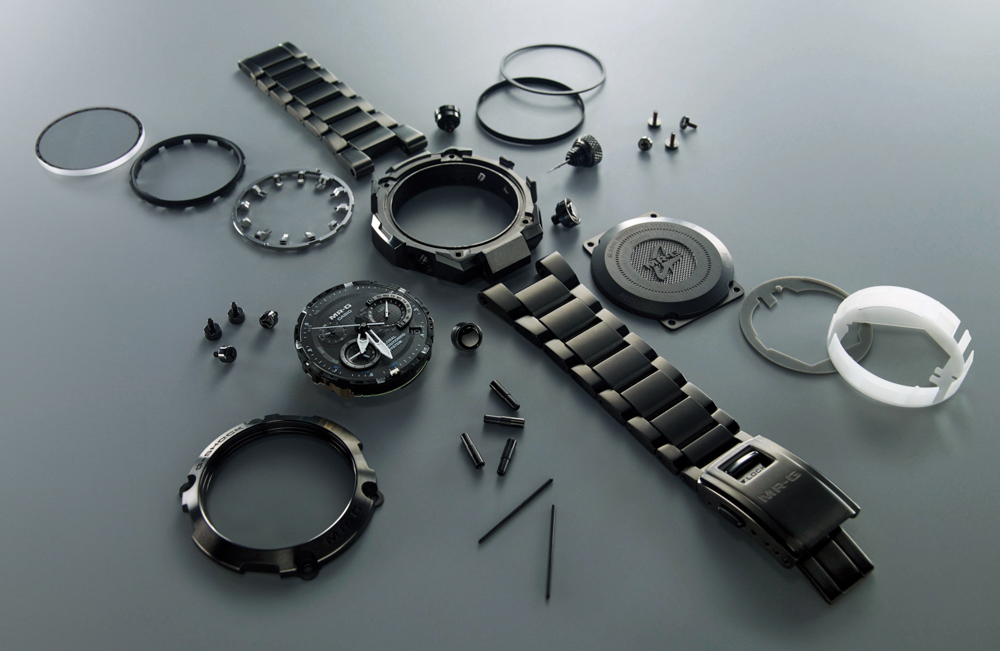
Casio makes cool gadgets that happen to be watches, in an industry where “gadget” is a bad word because only nerds like gadgets. I’m a nerd and pretty proud of it, as are many other Casio watch lovers. Further, what I like the most is that Casio seems to be populated by nerds at most levels. This isn’t the case especially at many European watch brands that clearly need to hire a few nerds when it comes to product development – and only let them out for special occasions when they need to speak to media like me. I’m being a bit facetious, yes, but this discussion is really about helping me to discover why Casio has a special place in my heart parallel to other watch brands, but clearly distinct. I’ll take this opportunity again to thank Mr. Moriai (and the translator) for putting up with so, so many of my questions.
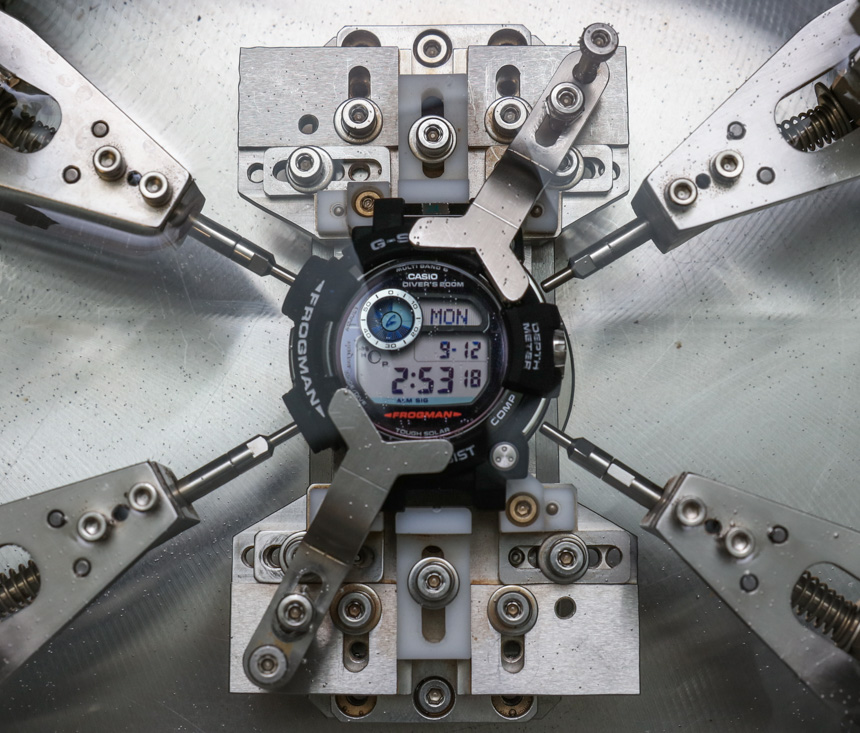
Modern Japan and today’s technology are only part of what inspires the design of Casio watches. Traditional Japanese crafts do as well. Perhaps not always in form (although the Tsuiki “Hammer Tone” limited edition MR-G G-Shock watch with its pounded titanium surfaces is clearly about celebrating traditional craft) but in mentality. That mentality is one of pursuing absolute perfection and strength in the rendering of tools.
Speaking of nerding-out, traditional Japanese crafts, and living childhood dreams, the highlight of my time in Tokyo with Mr. Moriai was visiting a secluded little store called Sokendo on a side street in Shibuya that was incredibly easy to miss. Inside this rare place were traditional Japanese katana blades for sale, including both new and antique ones that ranged to almost a 1,000 years old.

Deep respect was necessary in visiting this store where the owner was a serious man who was clearly passionate about swords in the same way I am about watches. In Japan, a traditional katana is considered a national treasure and it isn’t even legal to own one or take it out of the country without government approval. A modern katana costs about $30,000 – $50,000 but historic ones can get much more expensive. The store owner of the little shop named So-Ken-Do said the new stuff was OK, but really didn’t match the quality of the vintage stuff that was made with so much more care.
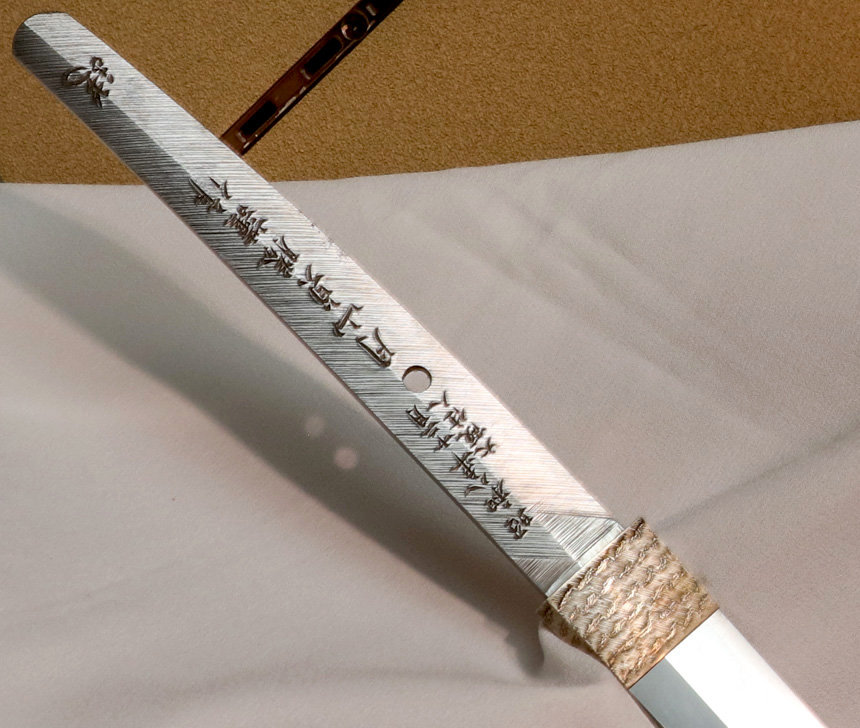
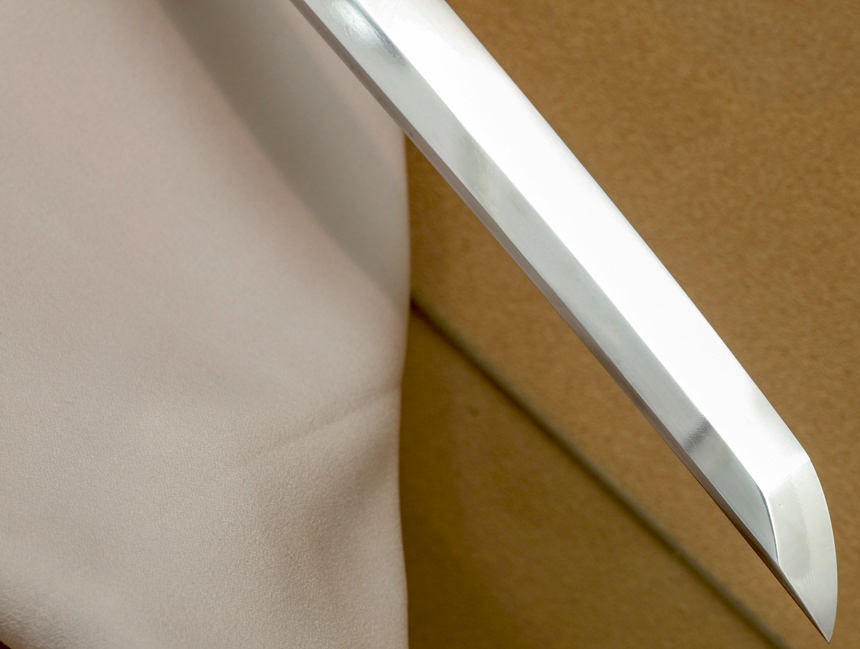
He explained a tragedy that he felt was worth sharing and that was the taking and destruction of many Japanese swords right after WWII. He explained that American General MacArthur made it illegal to own any of the blades as he felt they contributed a “fighting” spirit among the people. Many swords were taken by soldiers out of the country or just thrown into Tokyo Bay – clearly a sad story. The owner of the store said that he made many personal trips to America in order to recover the dangerous blades, which must be taken care of properly in order to maintain the metal which can tarnish.
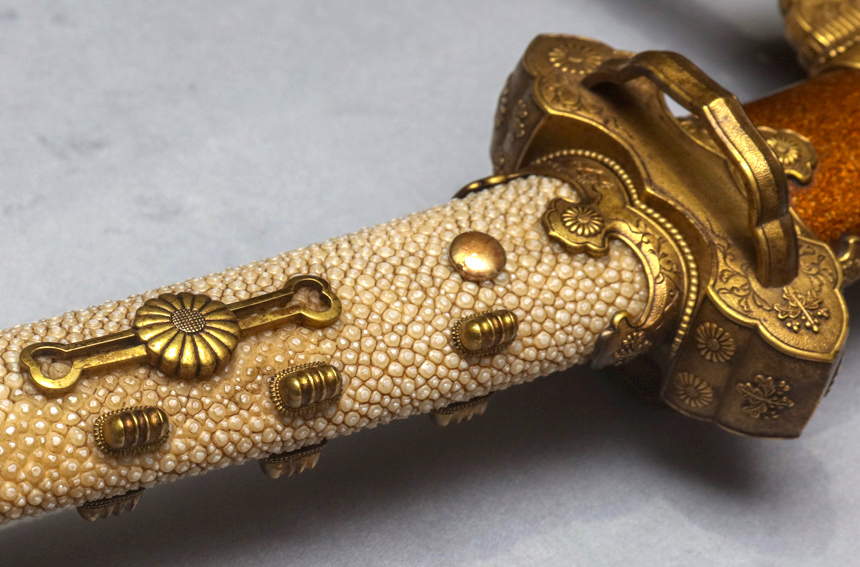

Eventually, the rules set forth by the American military were changed when it was realized that the katana was valued as art and part of the country’s heritage – and no longer used as a weapon. Though I have to say – what an incredible weapon it makes. Holding one in the hand is remarkable, and you immediate have a deep sense of respect for the object, its maker, and its country of origin. This was the first such experience for me in a katana store (even though several years back when Seiko originally introduced the Ananta I did visit the workshop of someone who makes them today), and also the first for Mr. Moriai. It was really special to enjoy this experience together with him in Tokyo – I could tell he was getting inspired for a future G-Shock watch…
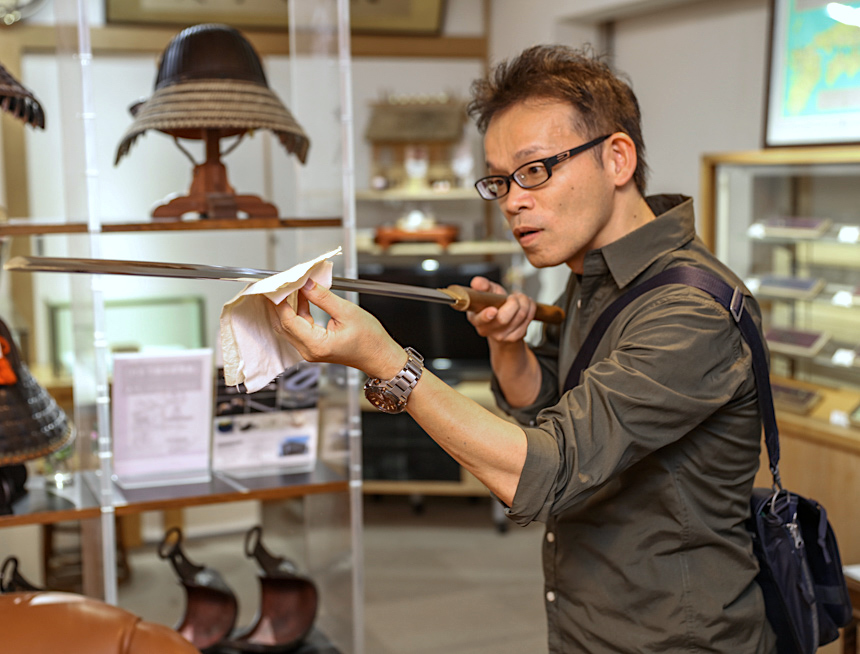
No experience like spending an afternoon hanging out in Tokyo with a guy who makes some of my favorite watches is complete without buying one. Also with me on the trip from the United States was another long-time G-Shock lover, Adam Craniotes. In the watch community, he runs Red Bar which facilitates in-person meetings for small watch lover groups in various cities. He and I needed to satiate our love of G-Shock by getting interesting models that we couldn’t get elsewhere. For me, it was a pink G-Shock Rangeman; and for him, it was getting a jumbo-sized G-Shock 5600XL. After seeing where G-Shock watches come from and getting to know the people who make them, we have a new and enhanced relationship with the brand.
Having the opportunity to get close to the people who make the watches I like is a unique benefit of what I do, and when it happens with a brand that has so impacted my life, as well as others, then I’m further humbled by the notion of what something as simple as a cool watch can mean to people all over the world. gshock.com






